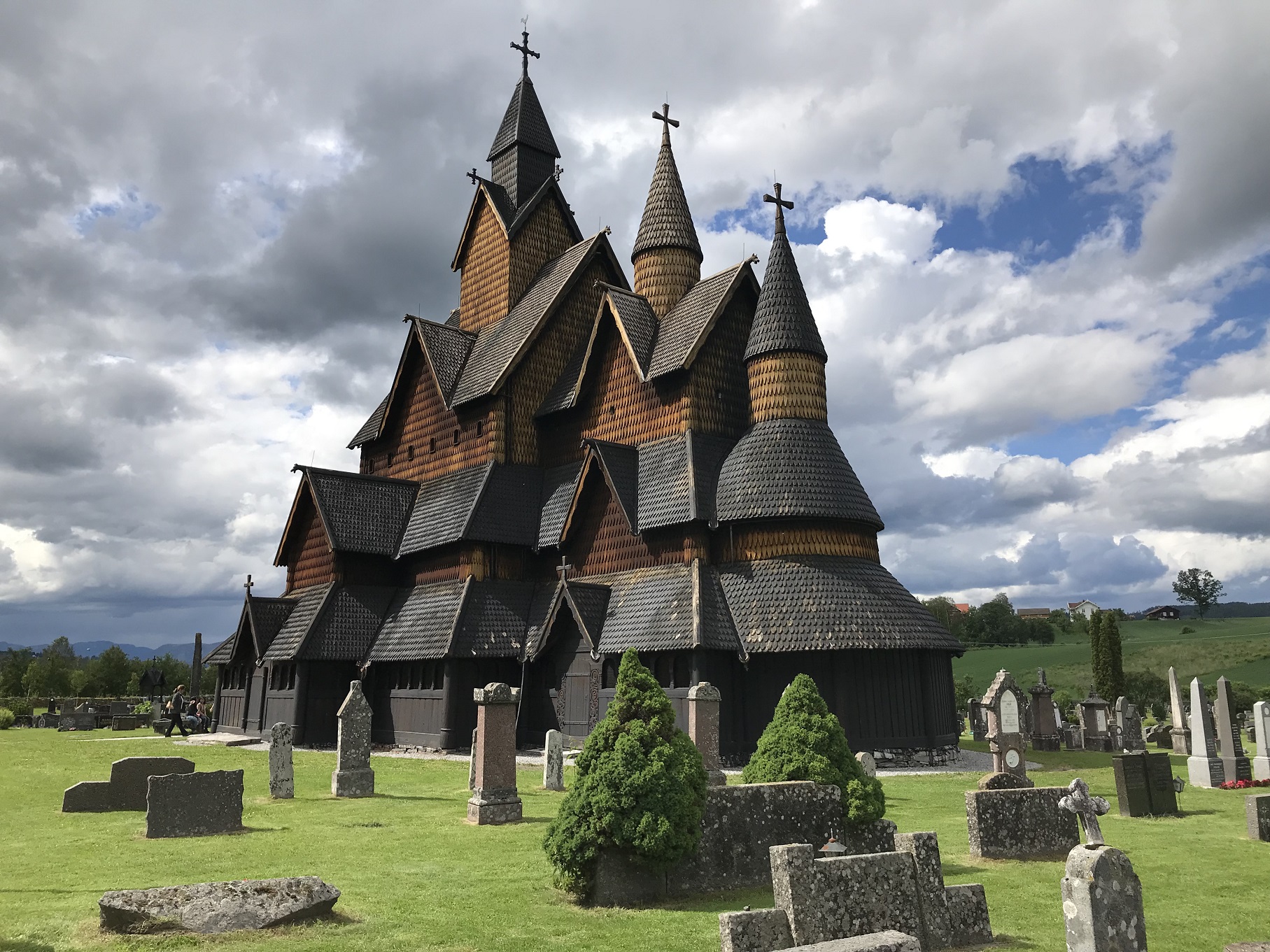
How about a travelogue post? These photos were taken in 2019, and this post has been lurking, half-completed, in my drafts folder for several years. Luckily, flower and landscape pictures don’t become outdated, so I can still polish it up and post it.
Our last big adventure before the COVID pandemic was a trip to southern Norway in June of 2019. It was the first trip to that beautiful country for my wife and kids, and the first time I had been back since 1985. There were some cool plants to be seen.
Getting there and back again
Our plan was to fly Raleigh-Newark-Oslo, spend a couple of days in museums, and then drive across across to Stavanger on the west coast where I lived for a little over four years as a teenager. After about a week exploring southern Rogaland, we’d drive back to Oslo and fly home.
The flying part turned out to be not so easy. Thunderstorms on the east coast of the U.S. caused an unscheduled five-hour stopover at Dulles. We missed our connection and had to stay overnight in a ratty hotel in Newark before flying out the next day via Stockholm. On our return, storms again stranded us in Newark. With no hotel vacancies, not even ratty ones, and no flights available for days, we stood in line for about six hours to rent a car and then drove ten hours while jetlagged. Not fun.
On the other hand, renting a car in Norway was an inspired idea. In some countries (UK and Ireland, I’m looking at you), driving puts my blood pressure through the roof, but driving through southern Norway was thoroughly enjoyable. Speed limits were slow, drivers were civilized, and roads, tunnels, bridges, and ferries were in great condition…and the scenery was fantastic. We ended up with a hybrid RAV4 from Hertz that turned out to be the perfect size–big enough for our luggage and fishing rods, small enough to maneuver down narrow mountain roads.
Oslo and a road trip to the west
Due to the delay in Newark, we had only one afternoon in Oslo, just long enough to visit the Viking Ship Museum and the Vikingr exhibit at the Museum of Cultural History. The kids were suitably impressed by the thousand-year-old Oseberg and Gokstad ships. It never ceases to amaze me that norse mariners could cross the north Atlantic, the “old grey widow-maker”, in vessels like the Gokstad ship.
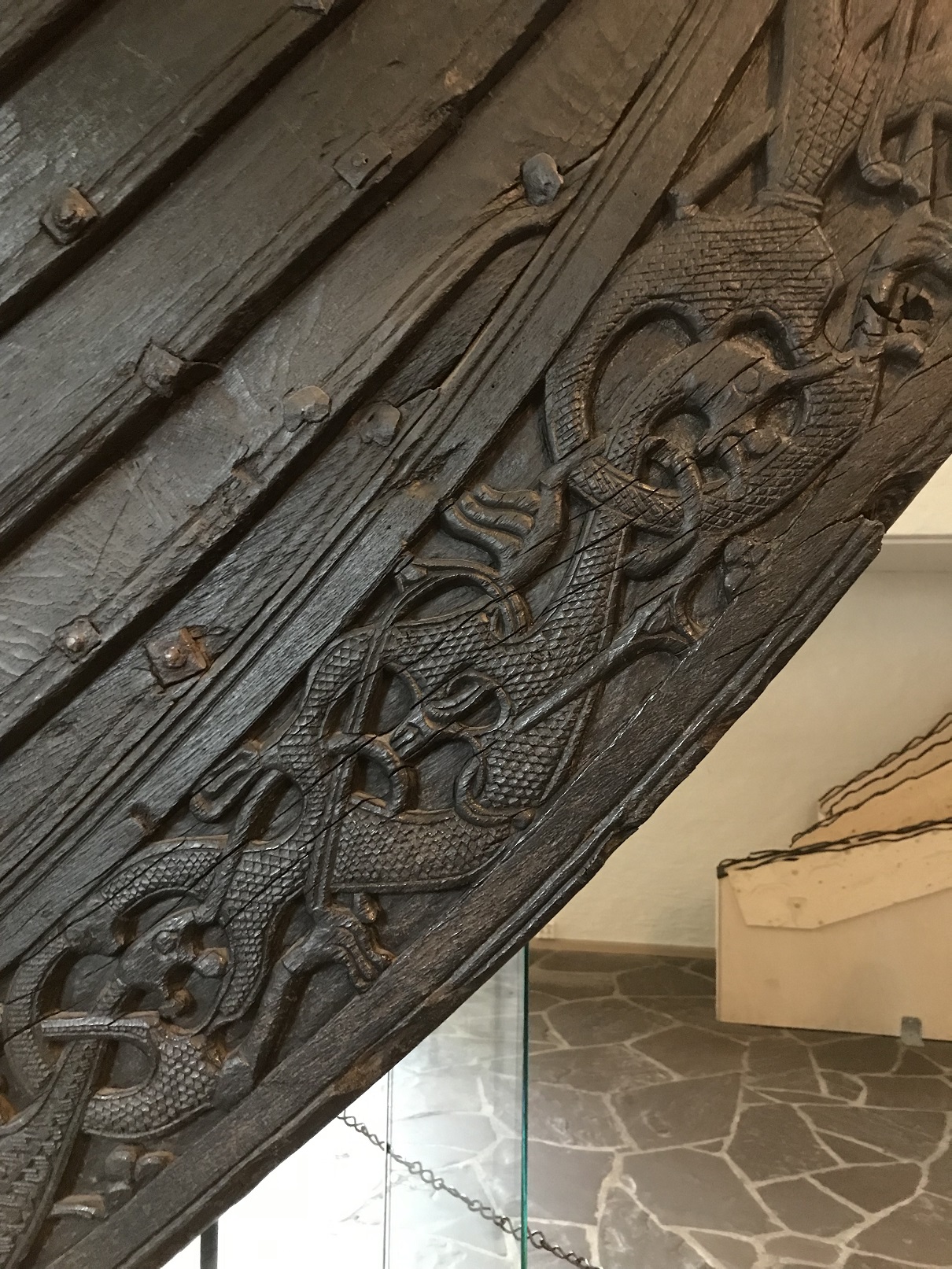
The next day, we started our road trip to Stavanger. The drive can easily be made in a single day along the south coast, but we decided to take the inland route, following E134 through Viken and Vestfold og Telemark counties, with an overnight stop half-way.
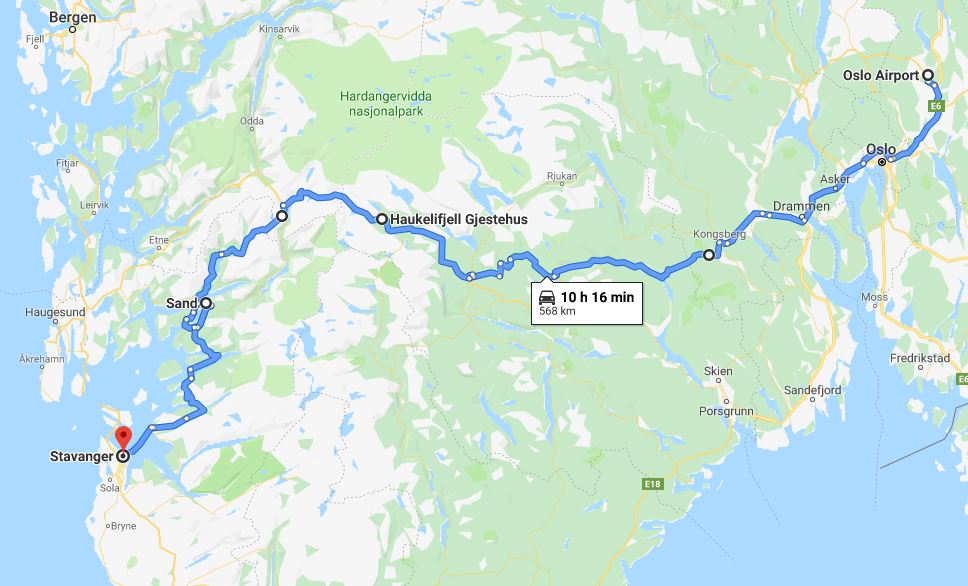
At lunch time, we stopped for a couple of hours to explore Heddal stave church (see top photo). Then we continued on to the Haukelifjell Guesthouse, where we spent the night (highly recommended: not fancy, but friendly, clean, and comfortable with good, simple food). After supper, we took advantage of the long-lit summer evening and explored the shore of Vågslivatnet, the lake adjacent to the guesthouse. In seeps along the shoreline, I found two species of carnivorous plants: Drosera intermedia (oblong-leaf sundew) and Pinguicula vulgaris (common butterwort), the latter in full bloom.
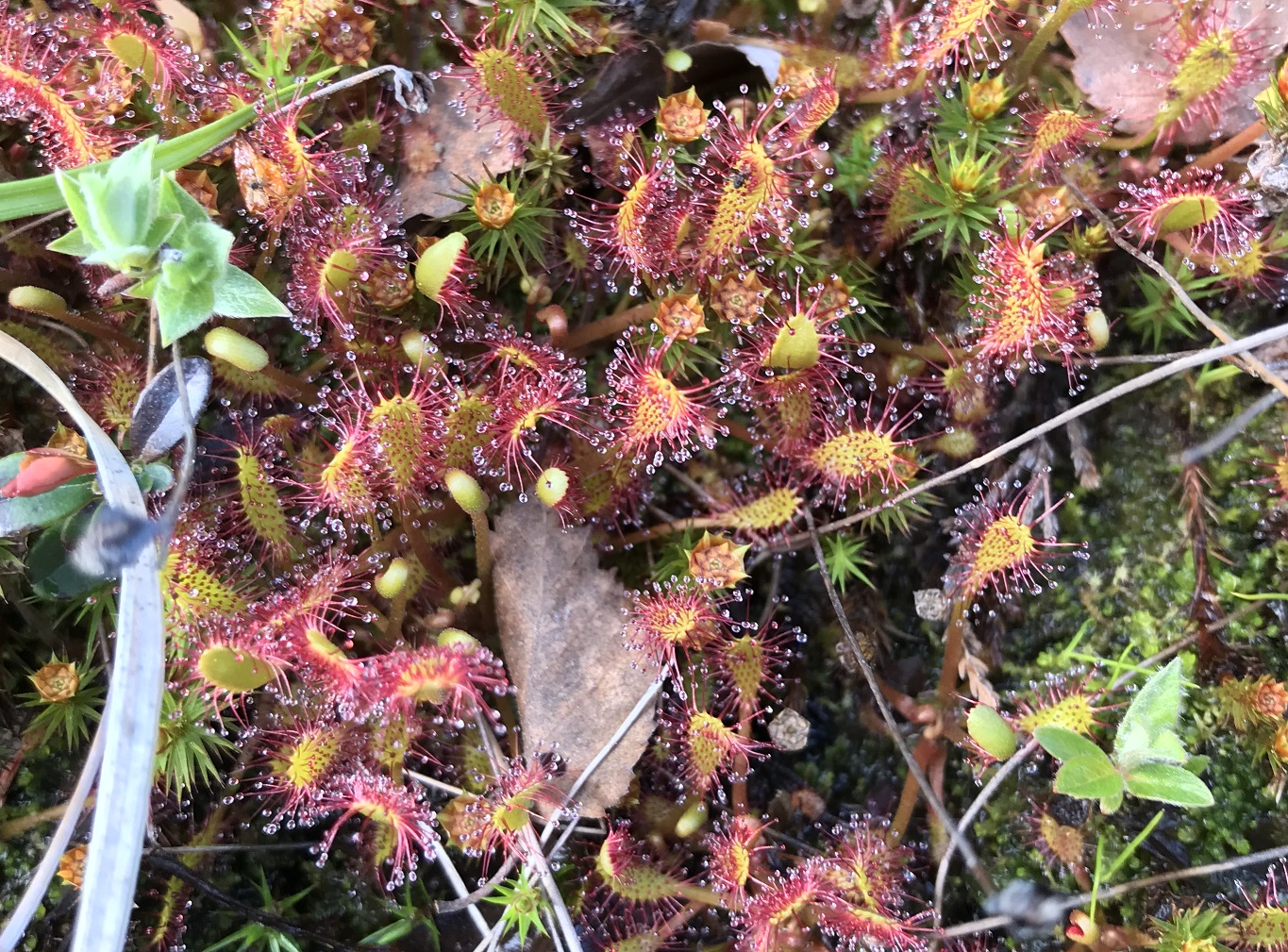
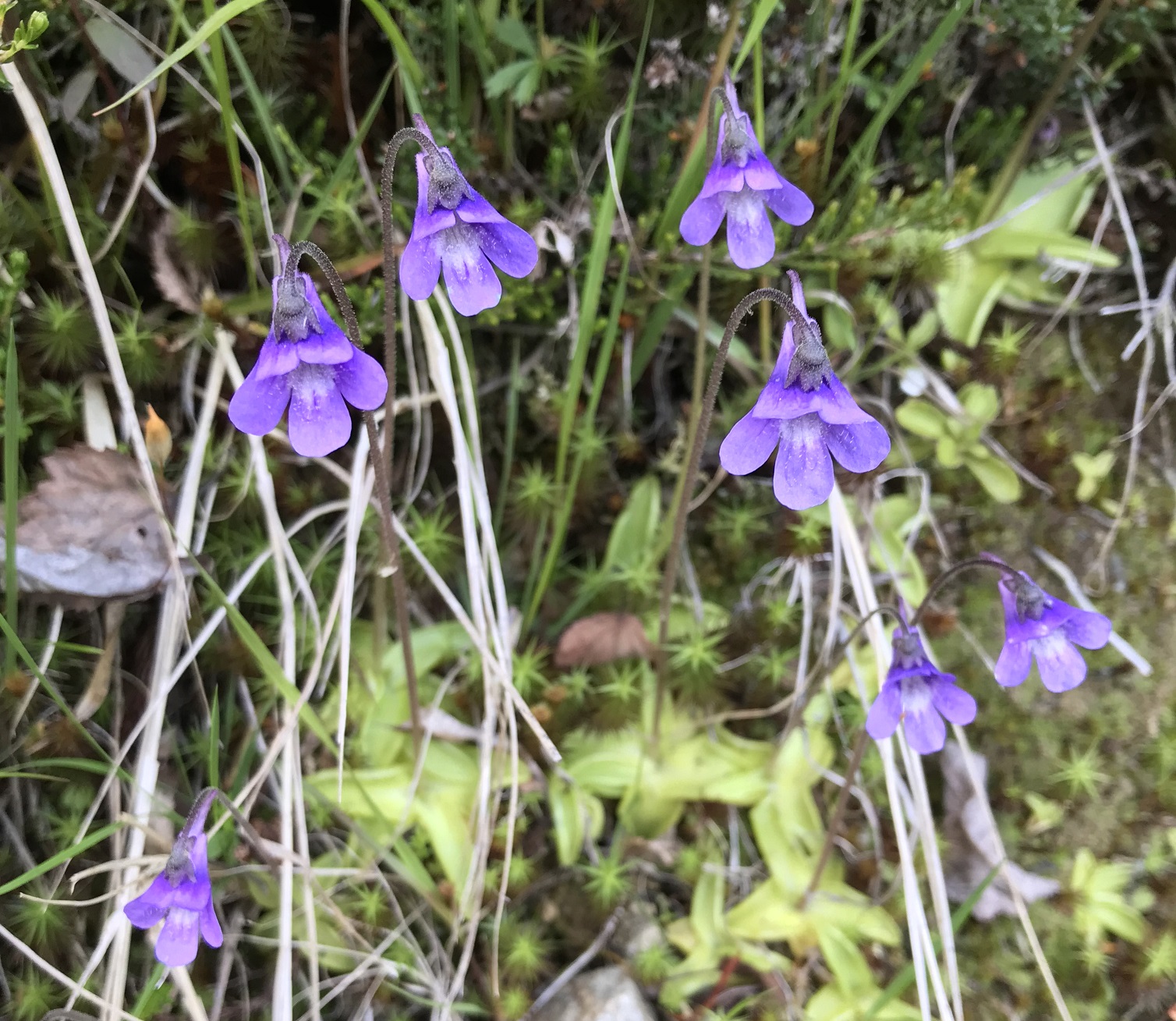
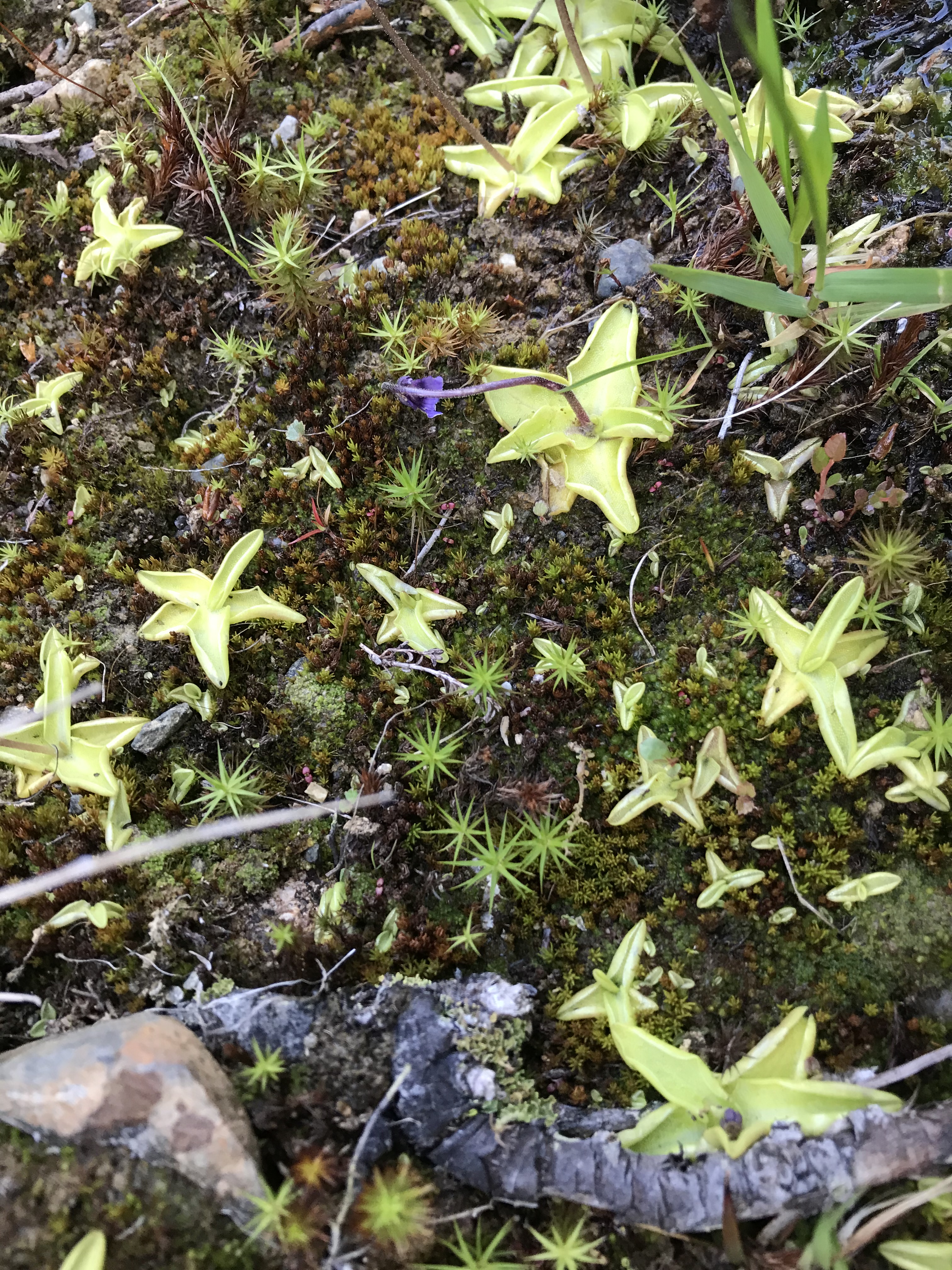
On drier ground the beautiful flowers of Silene dioica, red campion, were common:
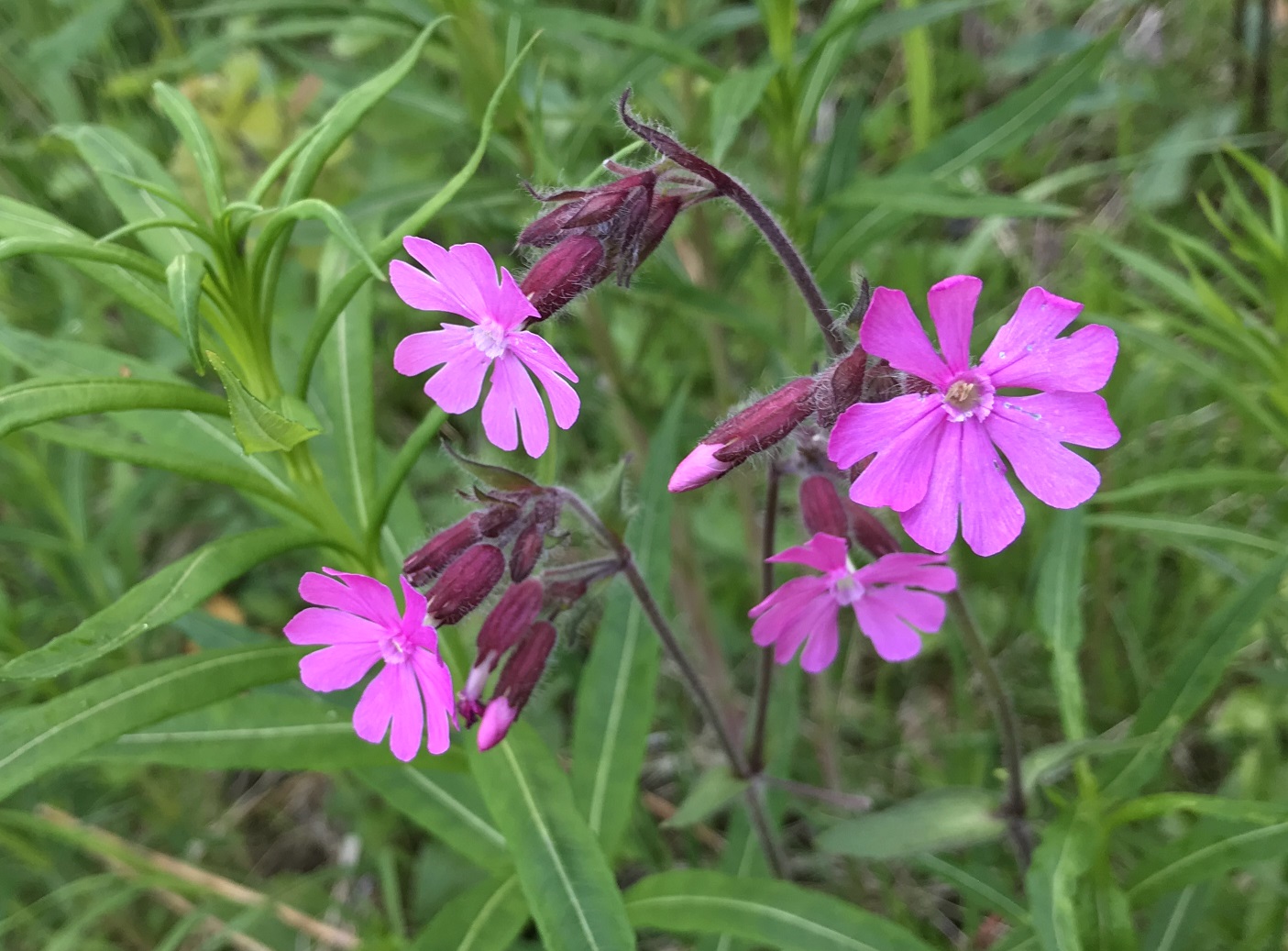
The next day’s drive was one of the most enjoyable and scenic in my experience. Shortly after leaving Haukelifjell Gjestehus, our route took us up above the treeline, where there was still snow in late June. In the absence of trees, the plant life was mostly hardy grasses and low-growing ericaceous shrubs.
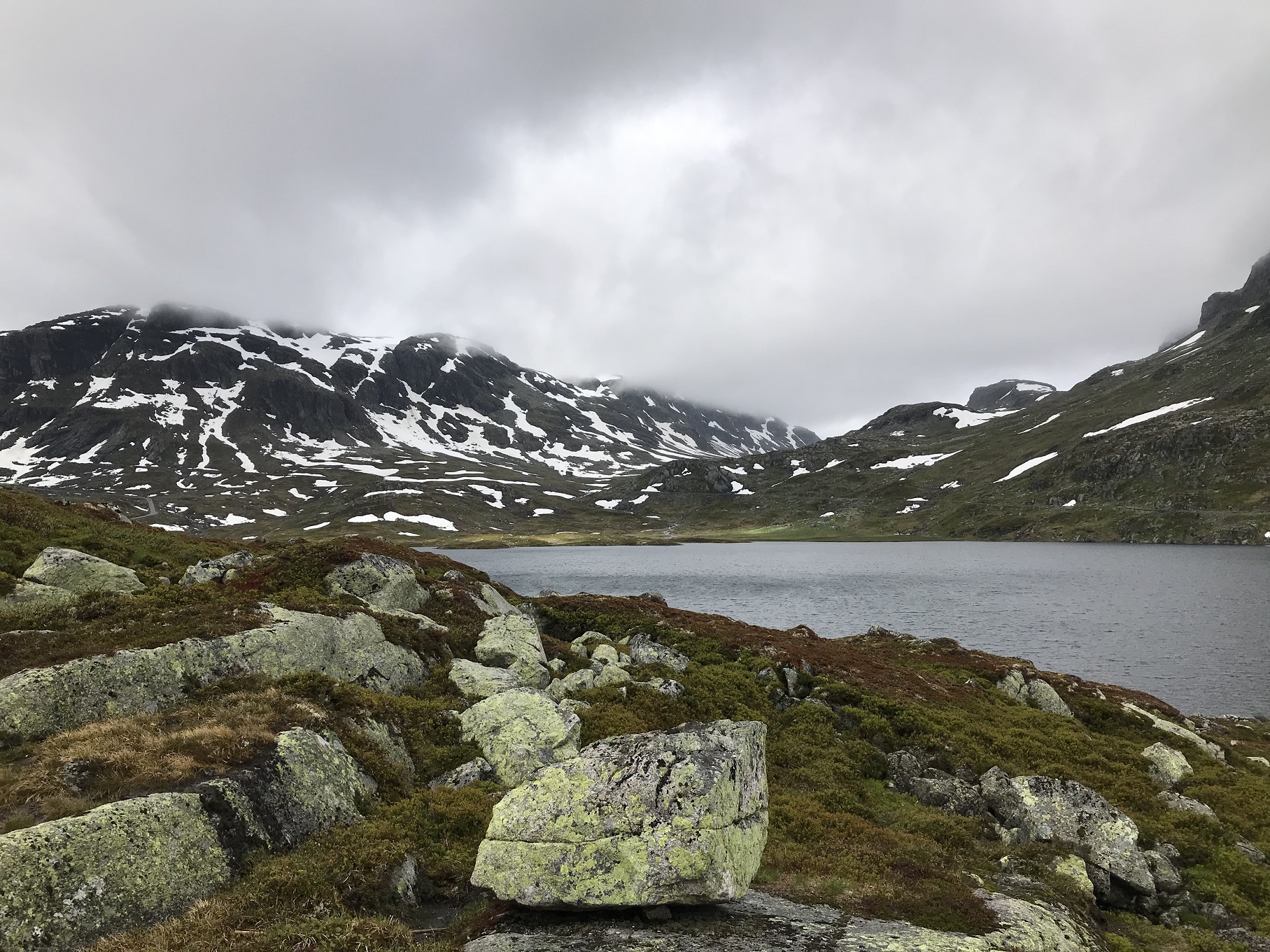
At Røldal, we left E134 and headed south on country road (Fylkesvei; Fv.) 520. At this point, we were on the Scenic Route Ryfylke. The narrow road took us up over the mountains and then down to sea level at Sauda, a little town at the north end of Saudafjorden. Just south of Sauda, we stopped at Svandalsfossen, a huge waterfall that tumbles down the hillside and cascades under the road just before it plunges into the fjord.
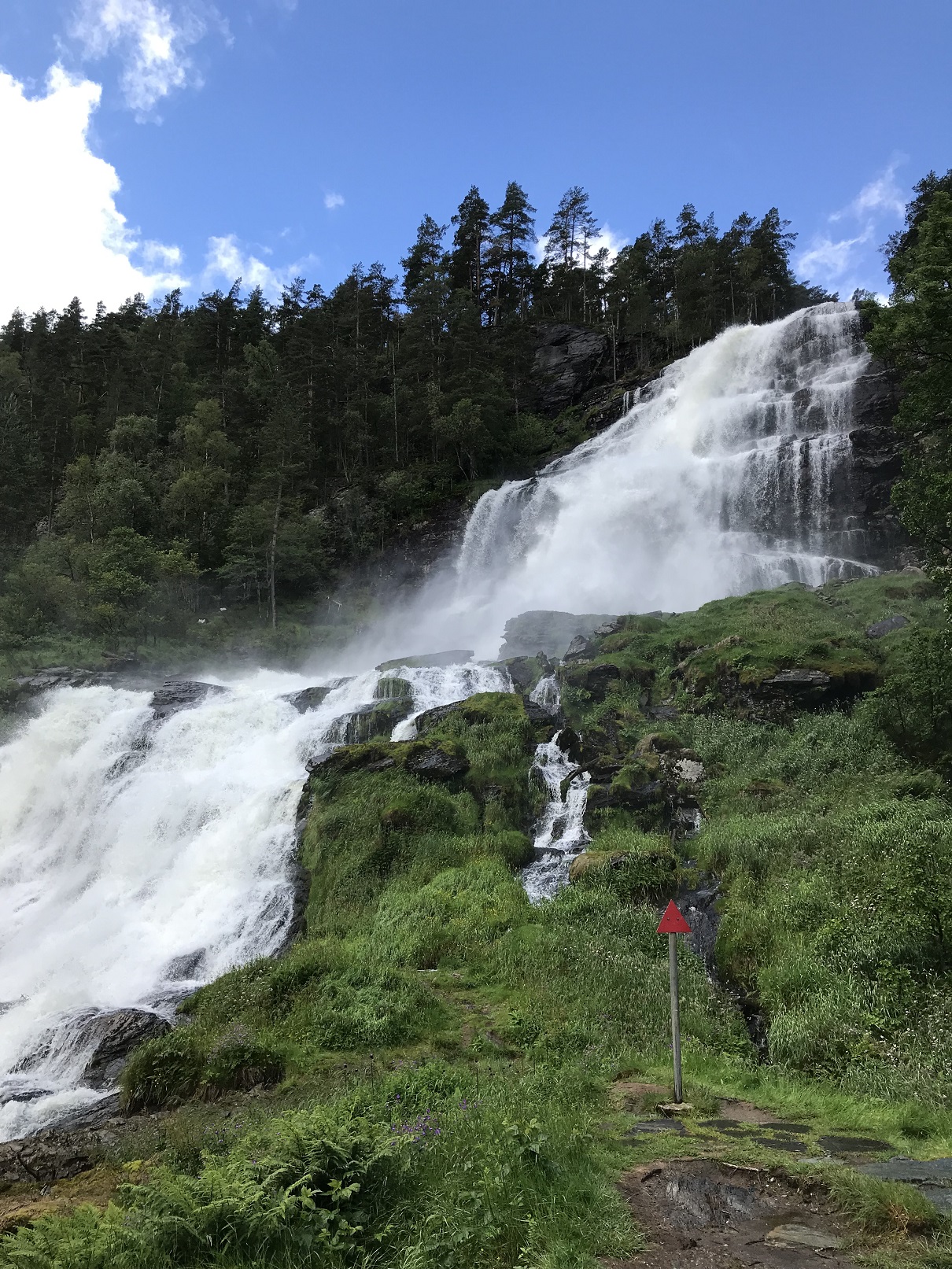
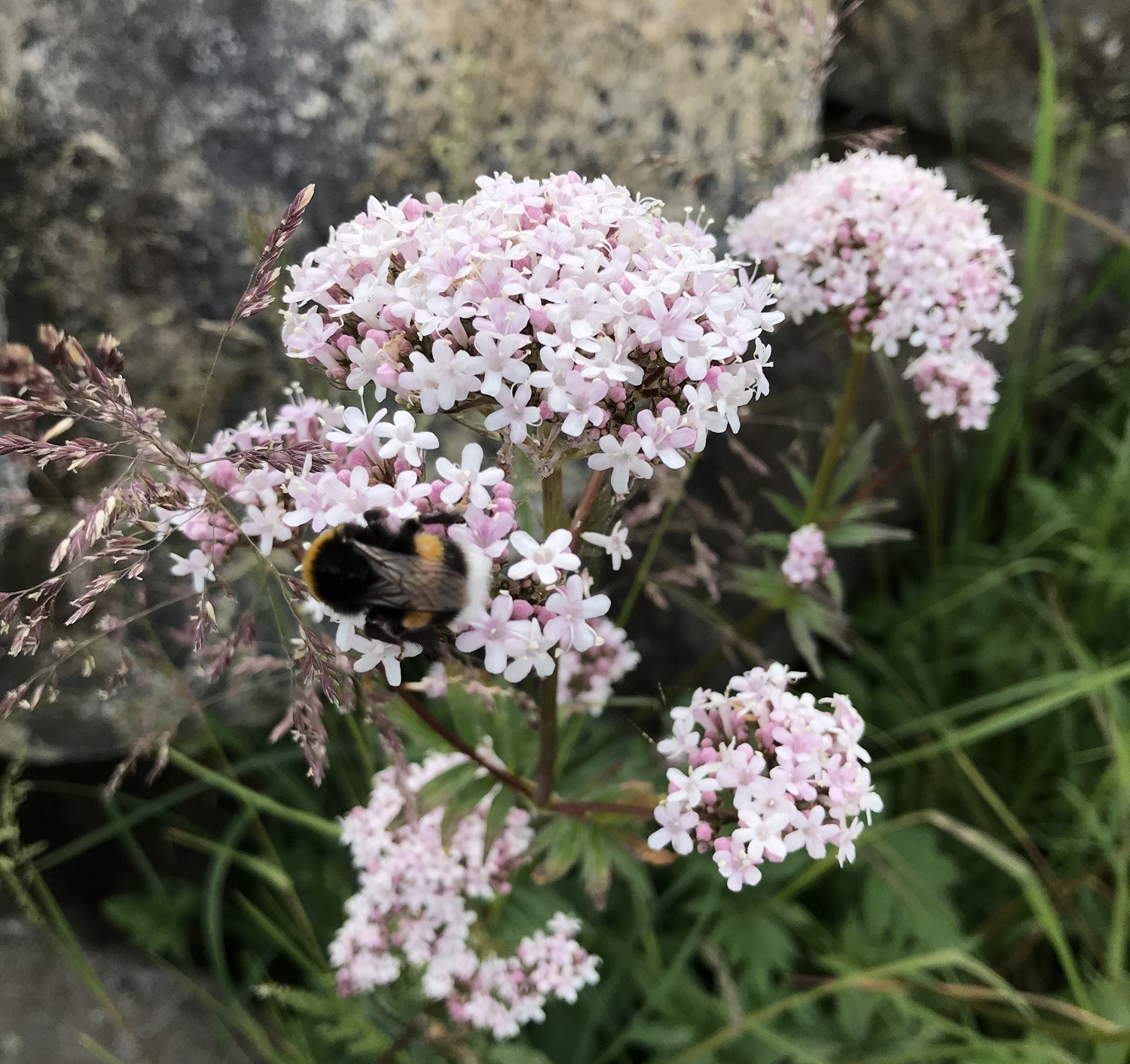
Climbing the stairway beside Svandalsfossen was fun, but lets face it, waterfalls are dime-a-dozen in Norway. I was more interested in a side trip to Sand, a little south of where Saudafjorden merges with Sandsfjorden. The village of Sand sits on the banks of Suldalslagen, one of Norway’s salmon rivers, and just outside of town is Laksestudio Suldal, an underwater viewing window where you can watch wild atlantic salmon and sea trout (anadromous brown trout) make their way upstream to spawn. We were a few weeks early for the main salmon run, but there were still some impressive fish to be seen.
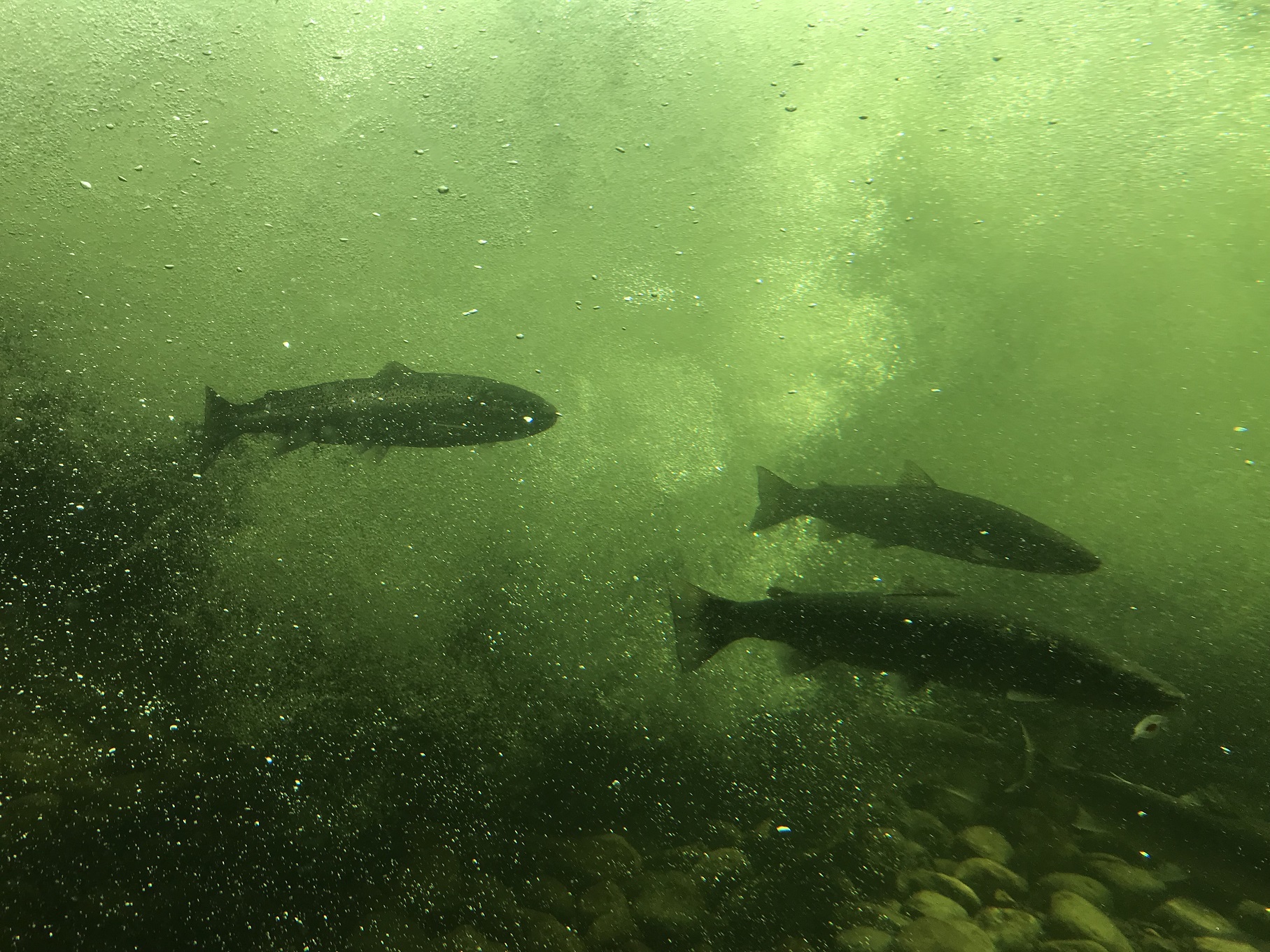
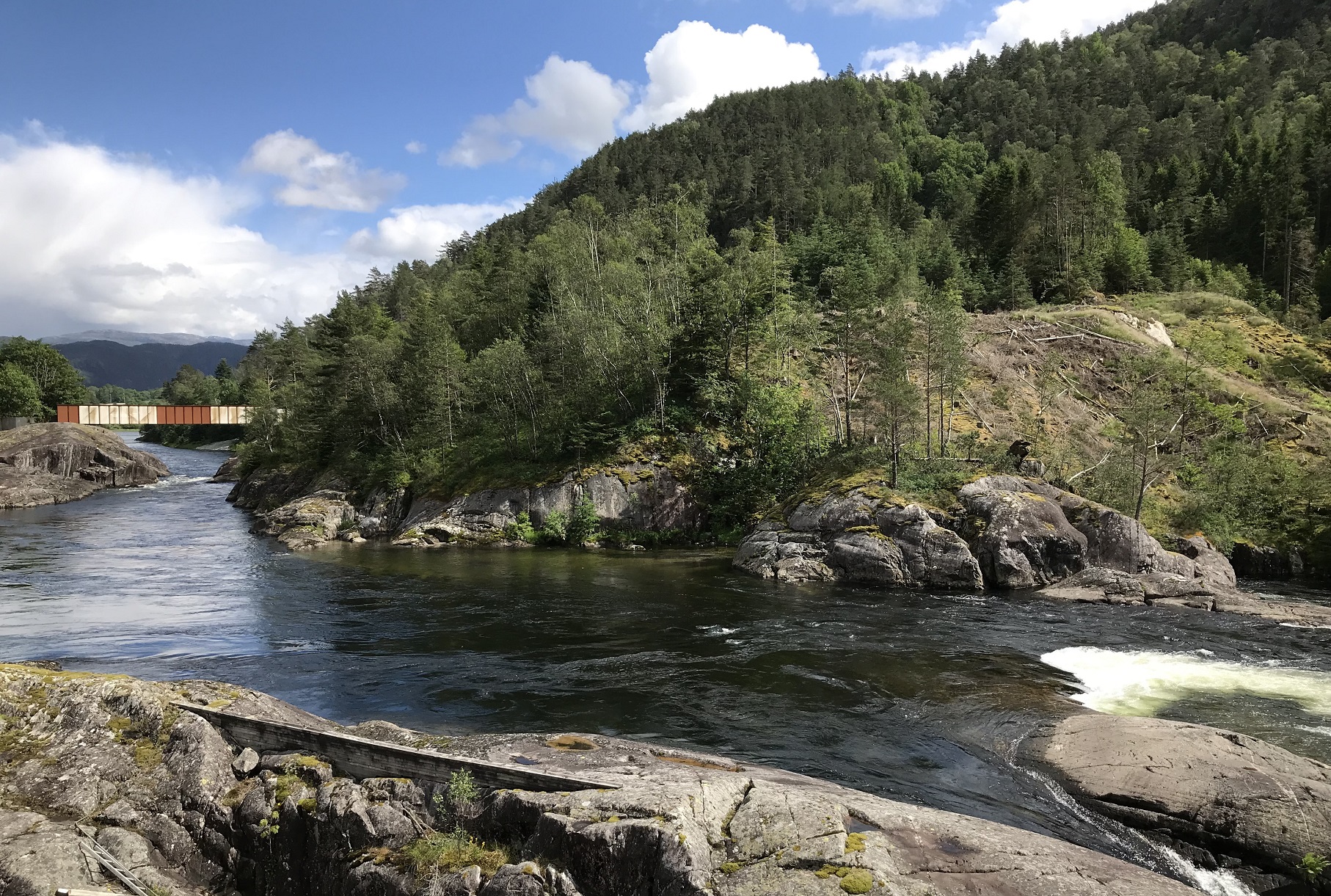
After Sand, our route took us along Sandsfjorden and Jøsenfjorden, and then across country to Tau. After a final ferry ride (replaced in 2020 by the new Ryfast tunnel system under the fjord), we were in Stavanger, almost exactly 34 years after I left.
Around Stavanger and a little further afield
In Stavanger, we visited with old friends, went fishing at my favorite spots along the fjord, and took in some of the great sights in the vicinity. One afternoon, we drove a few miles north of town to the island of Åmøy. The eastern part of the island, Austre Åmøy, is famous for its bronze age rock carvings. When I was a kid, visiting the carvings was an all-day school field trip involving a ferry ride, but now a bridge and undersea tunnel took us to the island in less than half an hour.
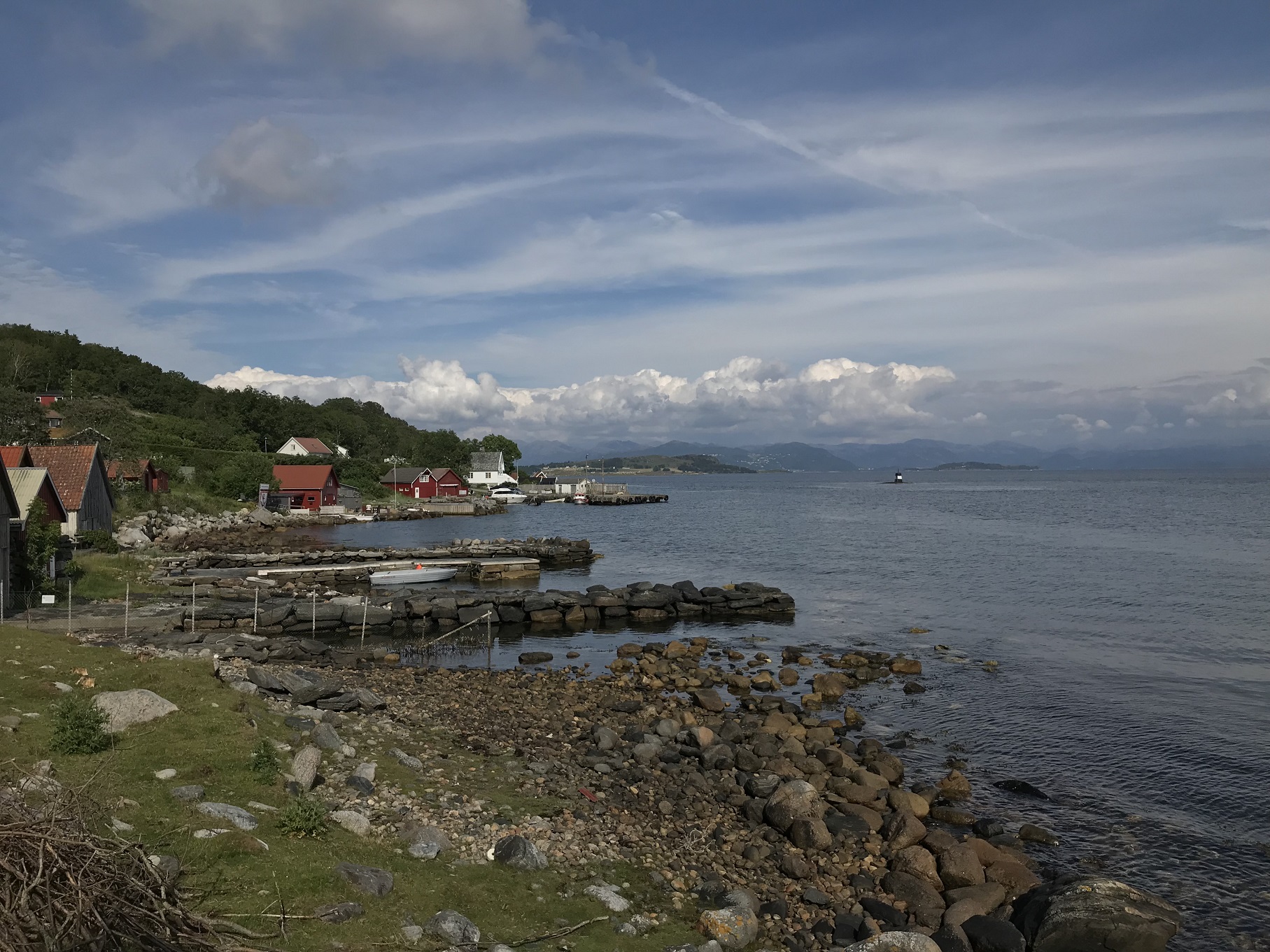
The carvings were a little tricky to find–down a narrow lane, through a farm gate, across a sheep pasture, and through a little wood–but were well worth the effort.
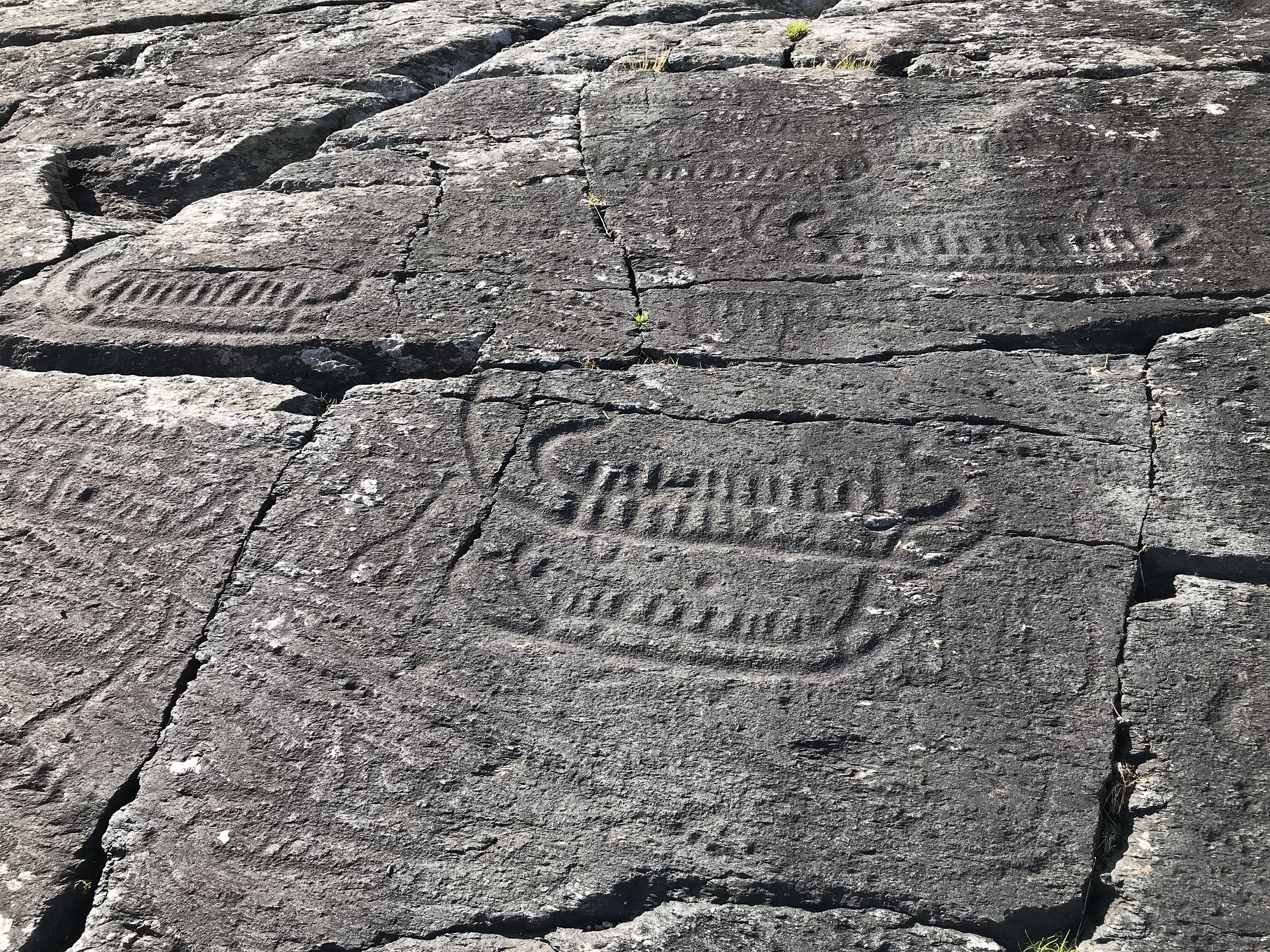
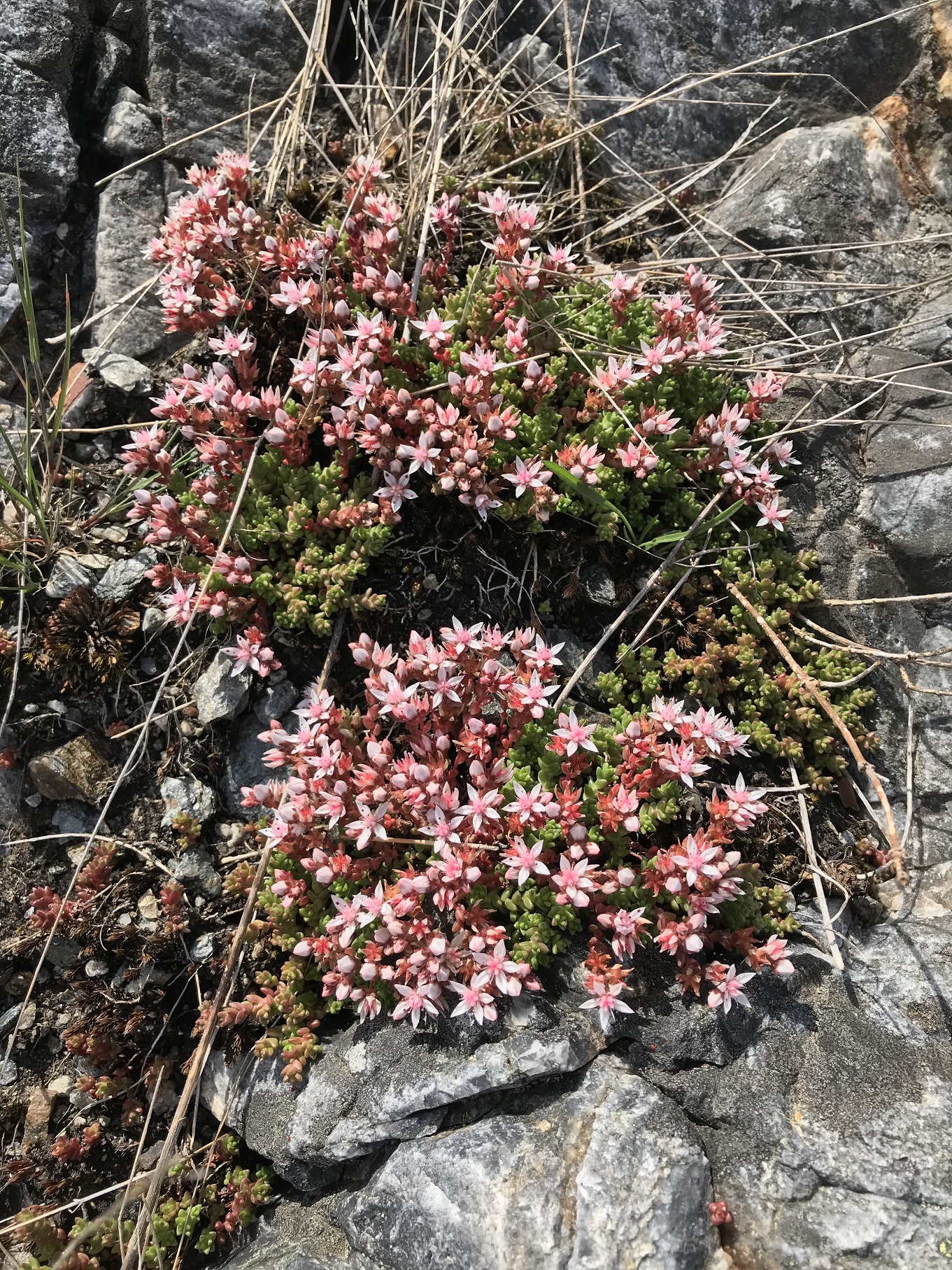
South of Stavanger, we visited two sites in the Magma UNESCO Geopark: Gloppedalsura and Trollpikken. I had visited Gloppedalen and its giant scree many times as a child, but Trollpikken was new to me.
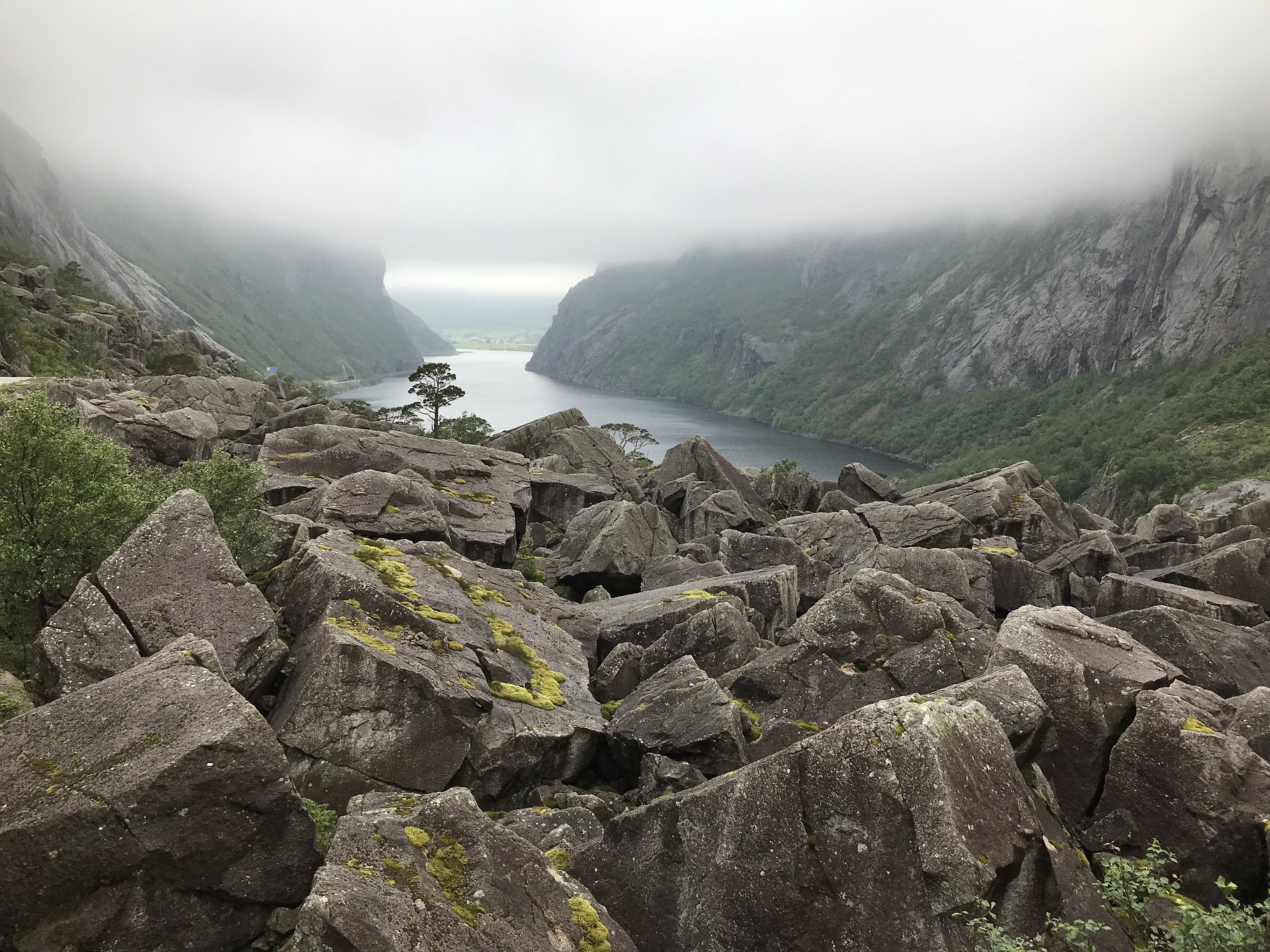
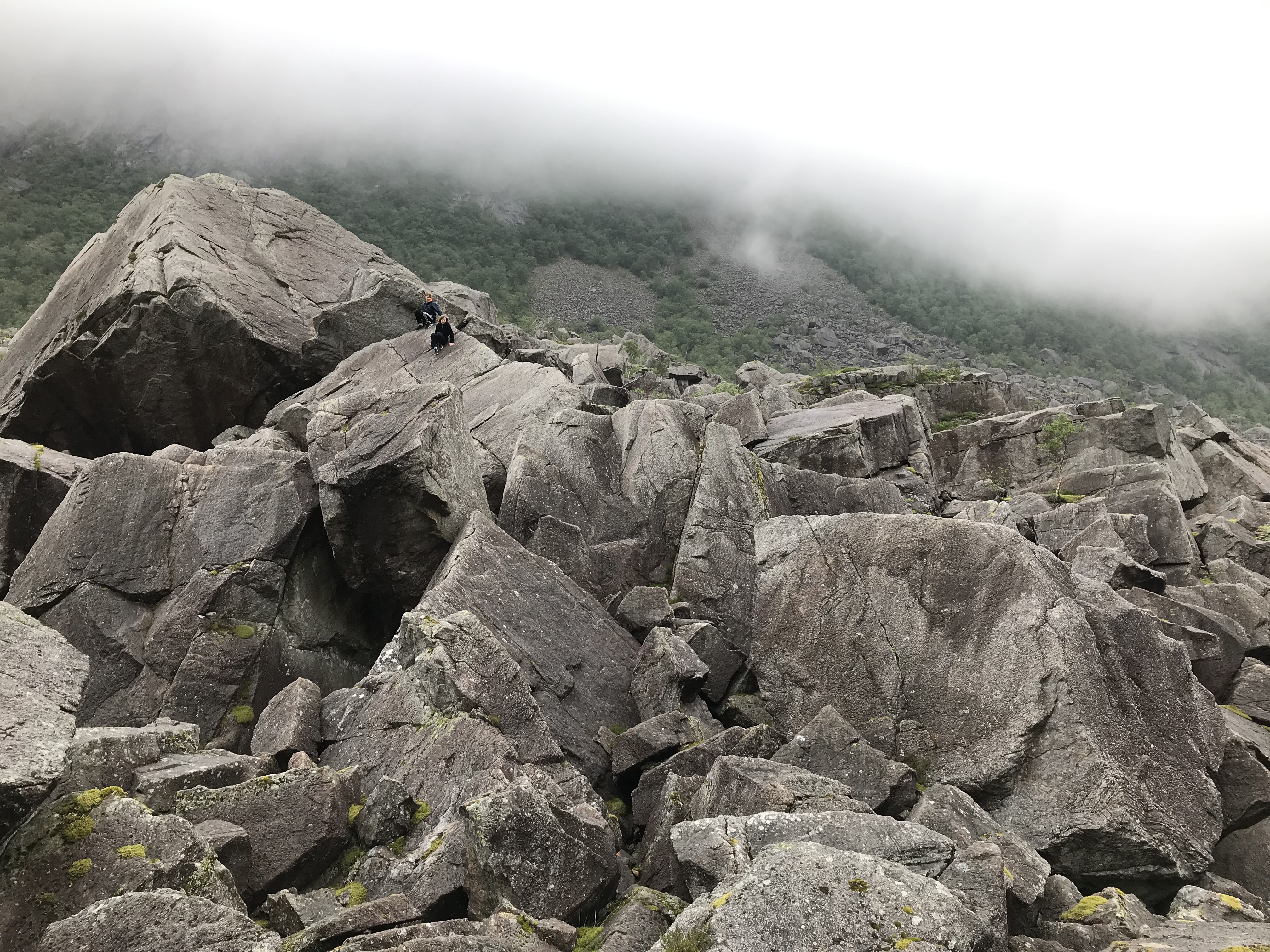
Trollpikken is a rock formation with interesting shape. In the United States, it would probably be named the Devil’s Finger, or something similar. Youngest offspring asked if Trollpikken means “the troll’s nose.” Nope:
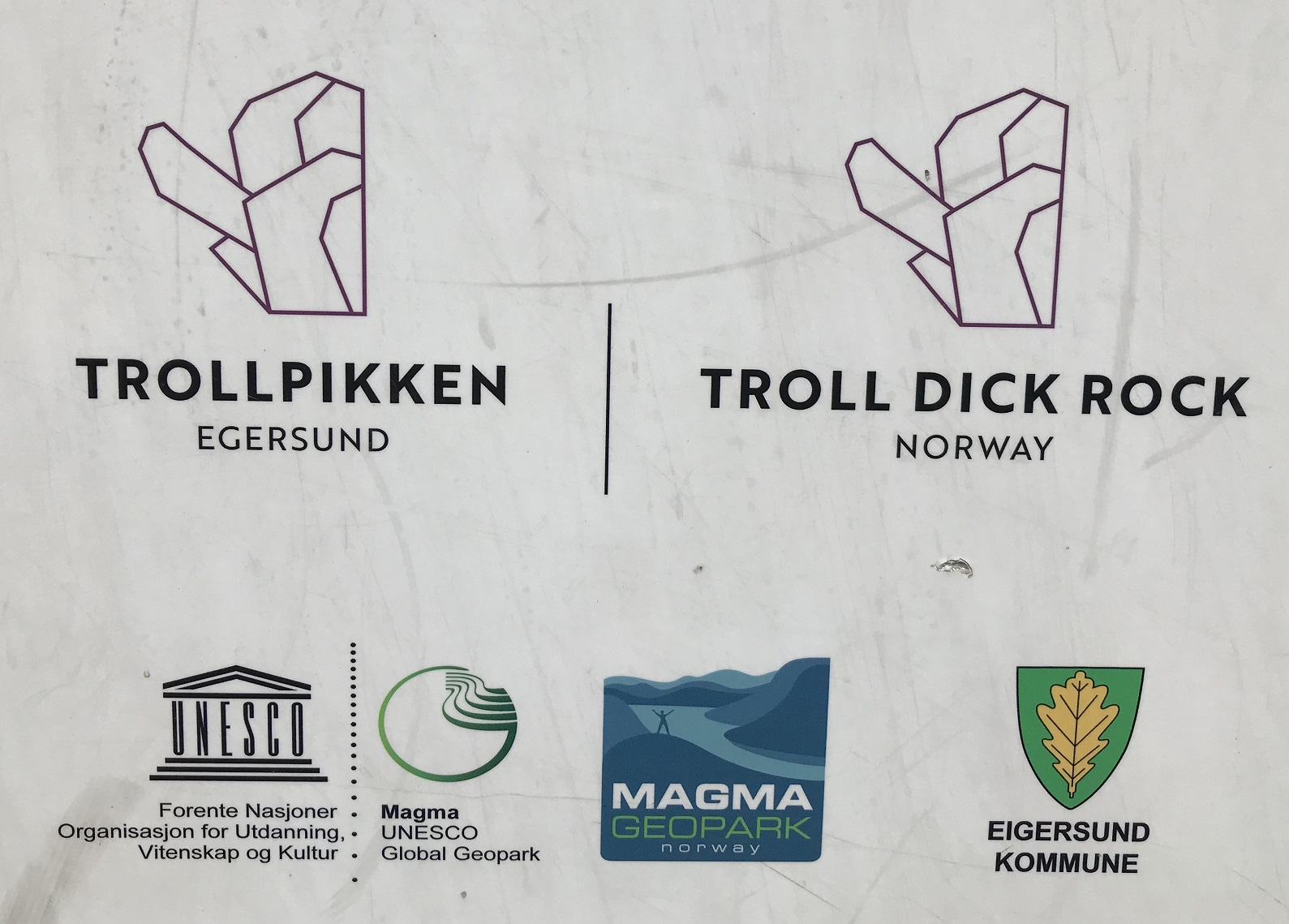
The land around Trollpikken is a fascinating combination of barren rocks and lush green. The soil in the little valleys and crevices among the rocks is sphagnum peat, and it harbors a number of interesting plant species.
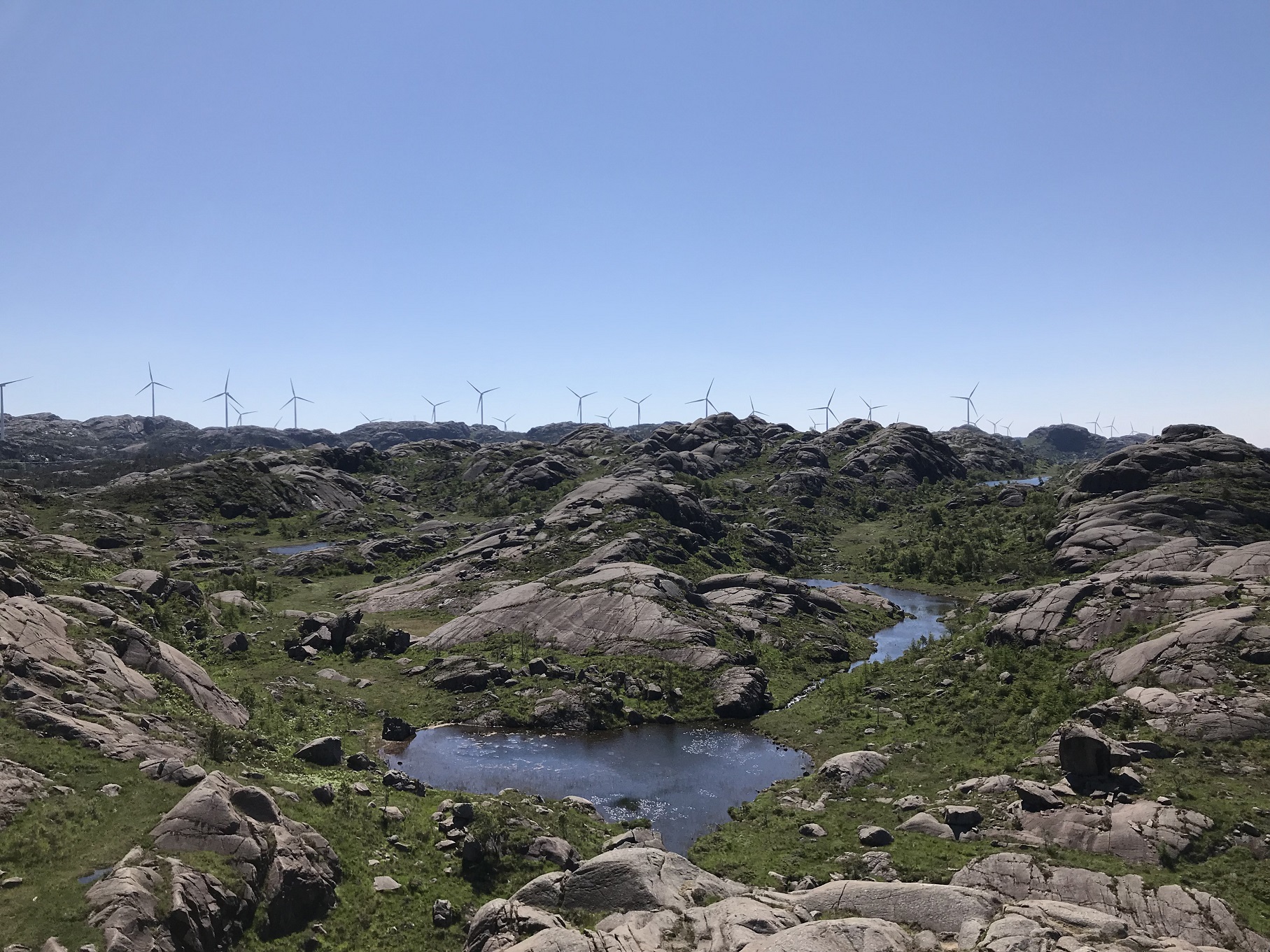
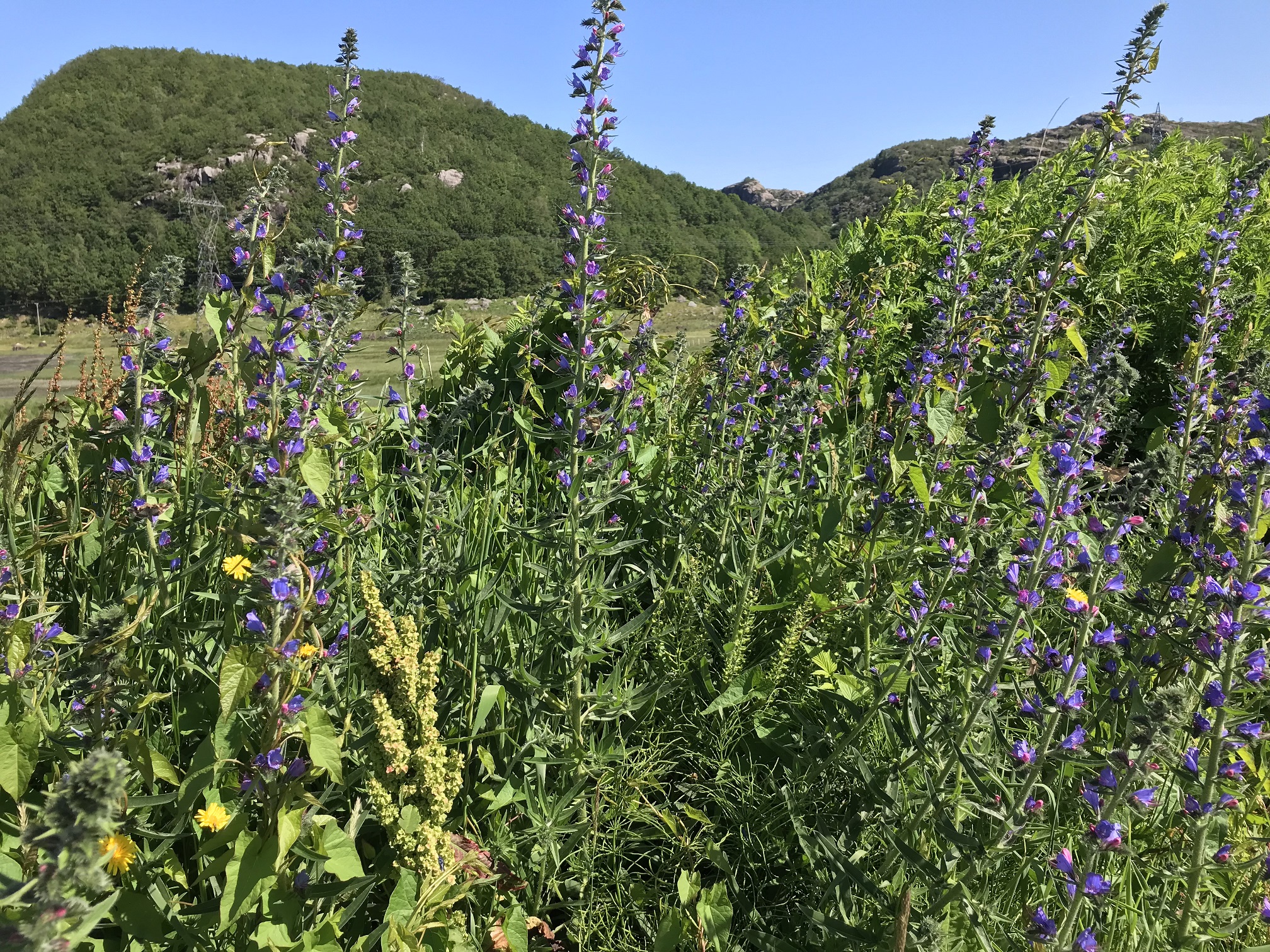

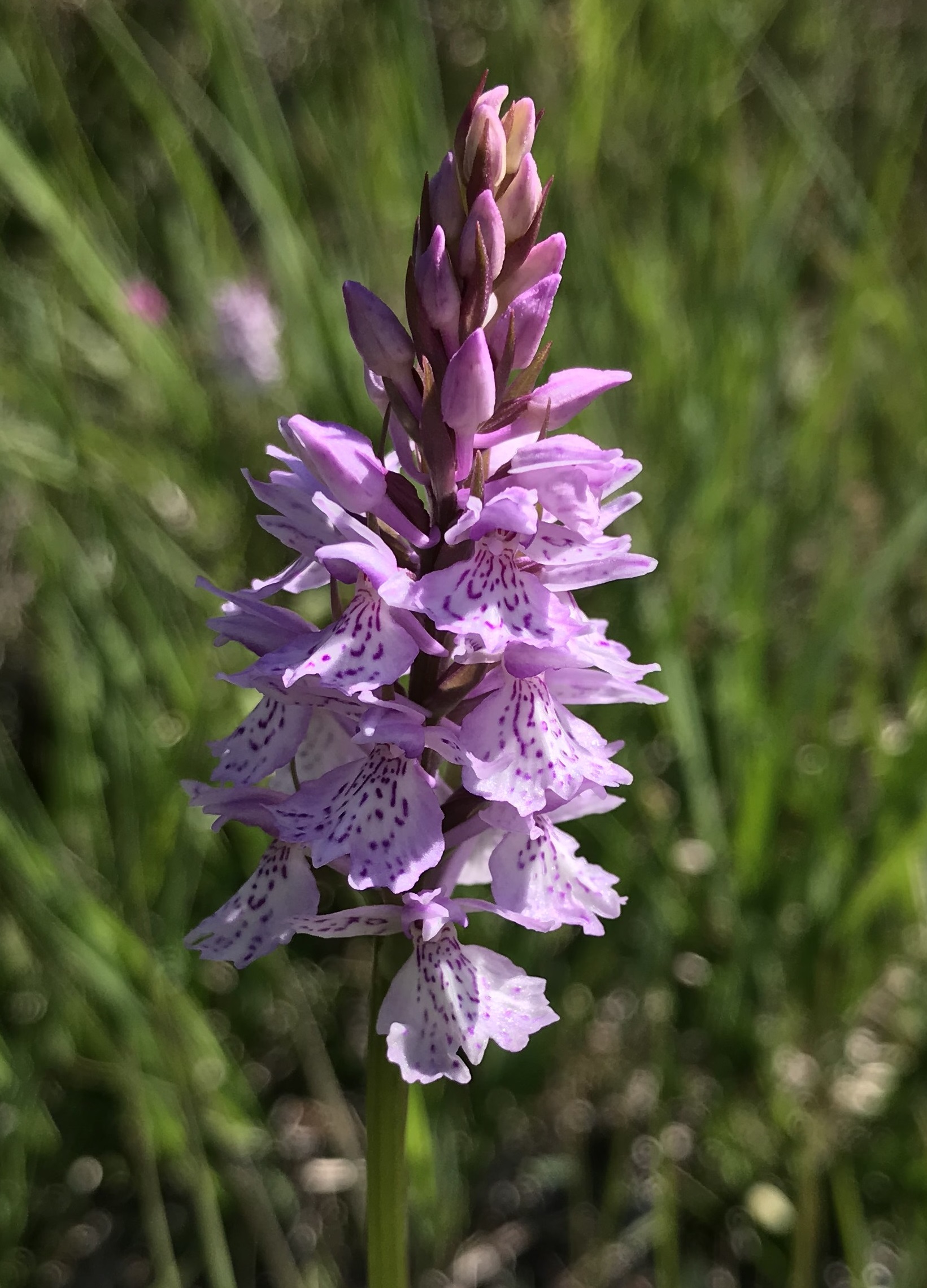
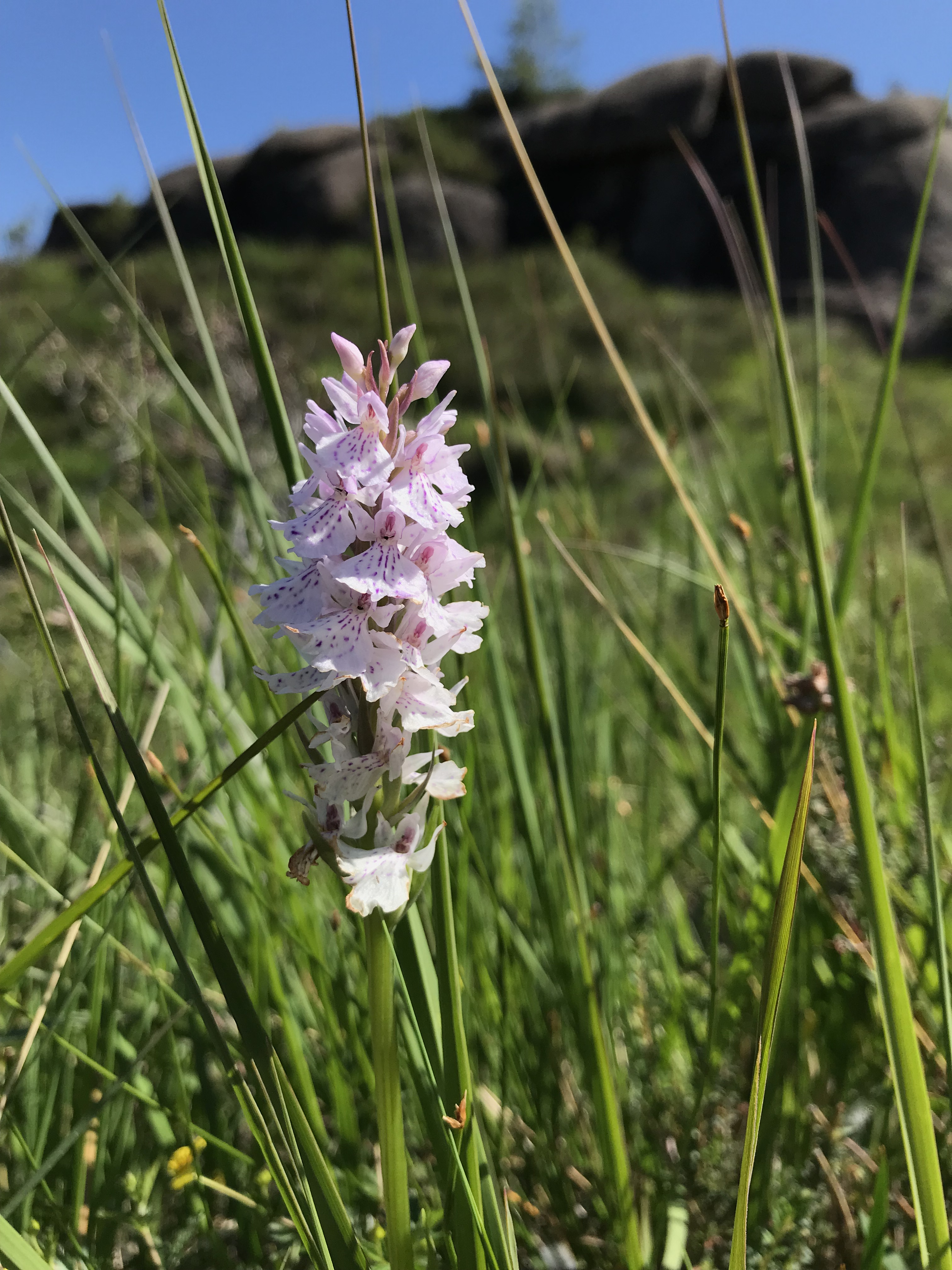
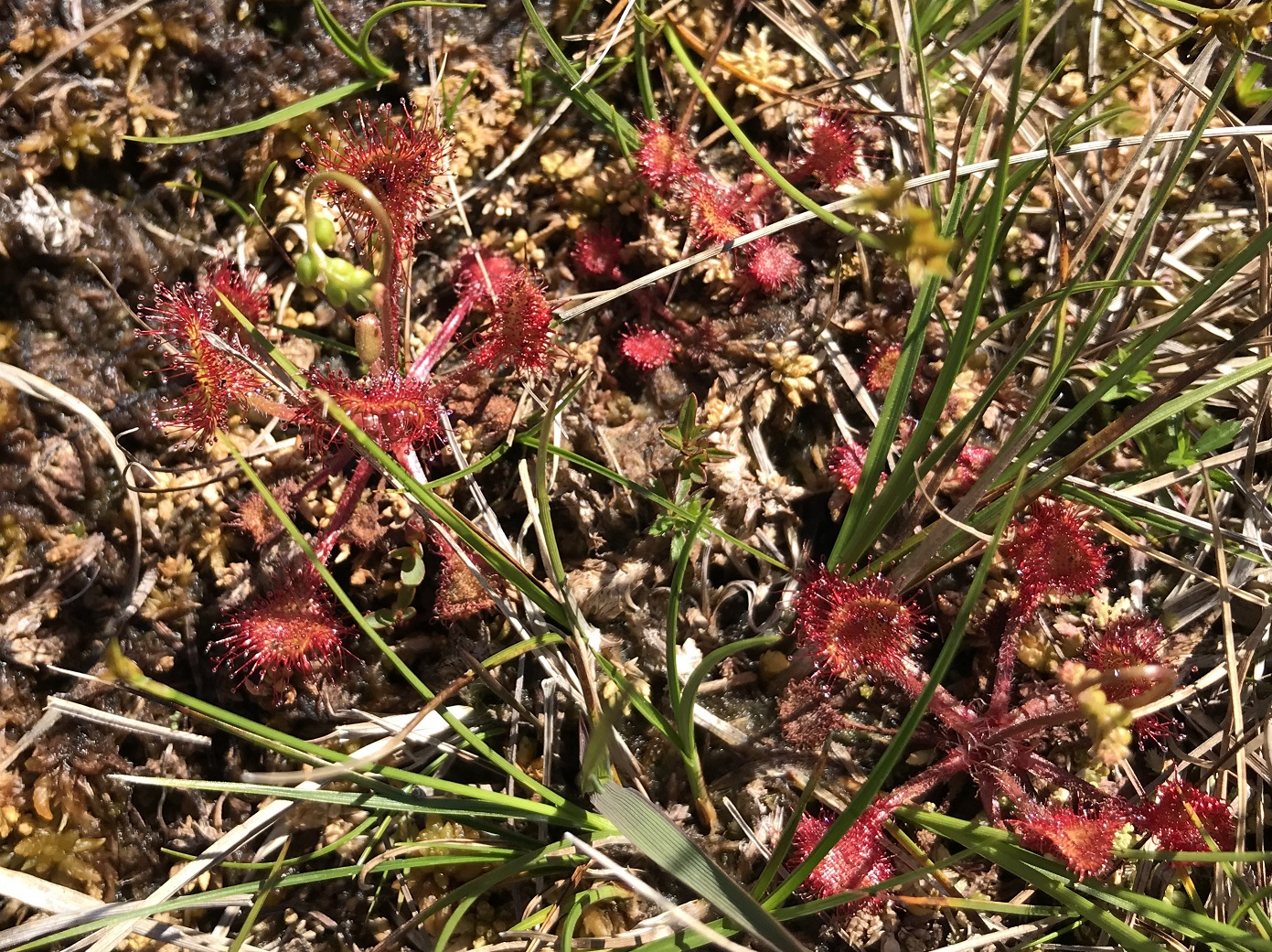
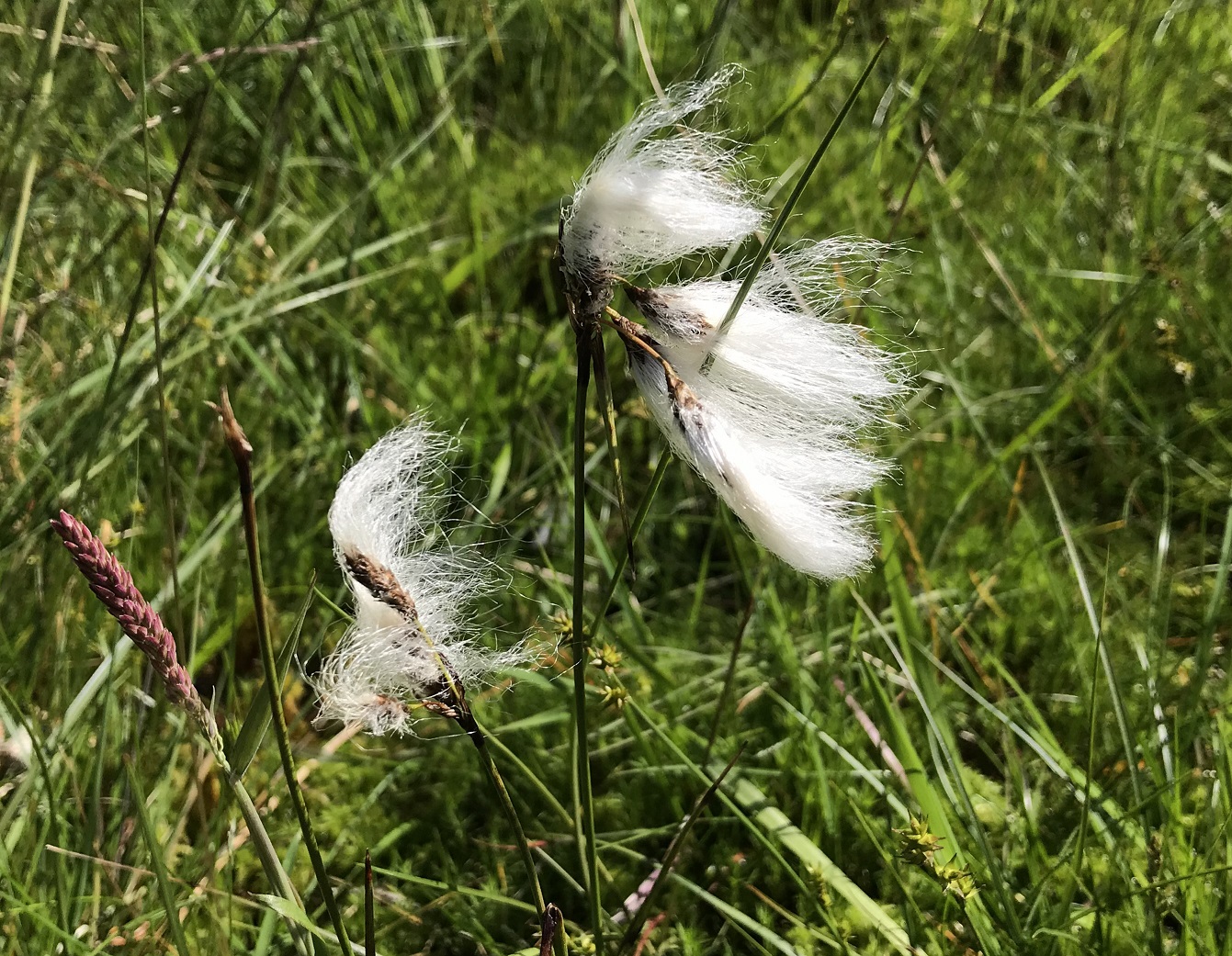
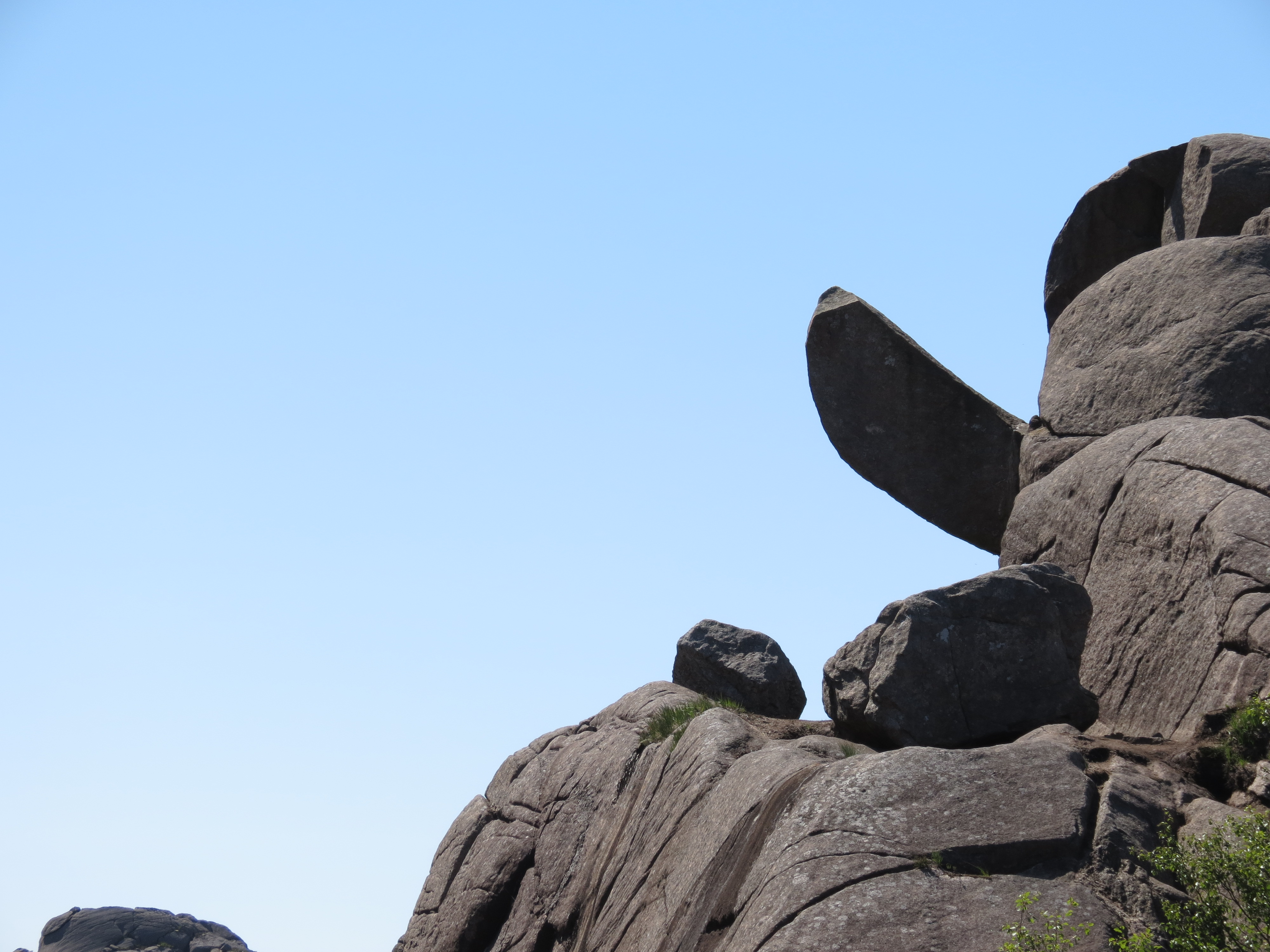
Preikestolen
When in Rogaland, you must hike up to Preikestolen (the Pulpit Rock) to enjoy the amazing views of Lysefjorden and the complete lack of safety barriers. I had fond memories of childhood scrambles to the top and was eager to introduce my children to the joys of peeking over the edge. On the way up, I spotted more Drosera intermedia and Pinguicula vulgaris, and some nice clumps of Cornus suecica (bunchberry). The latter species is very similar to Cornus canadensis, which we often find in Maine, but Cornus suecica is more of a bog or heath species, while C. canadensis prefers woodland.
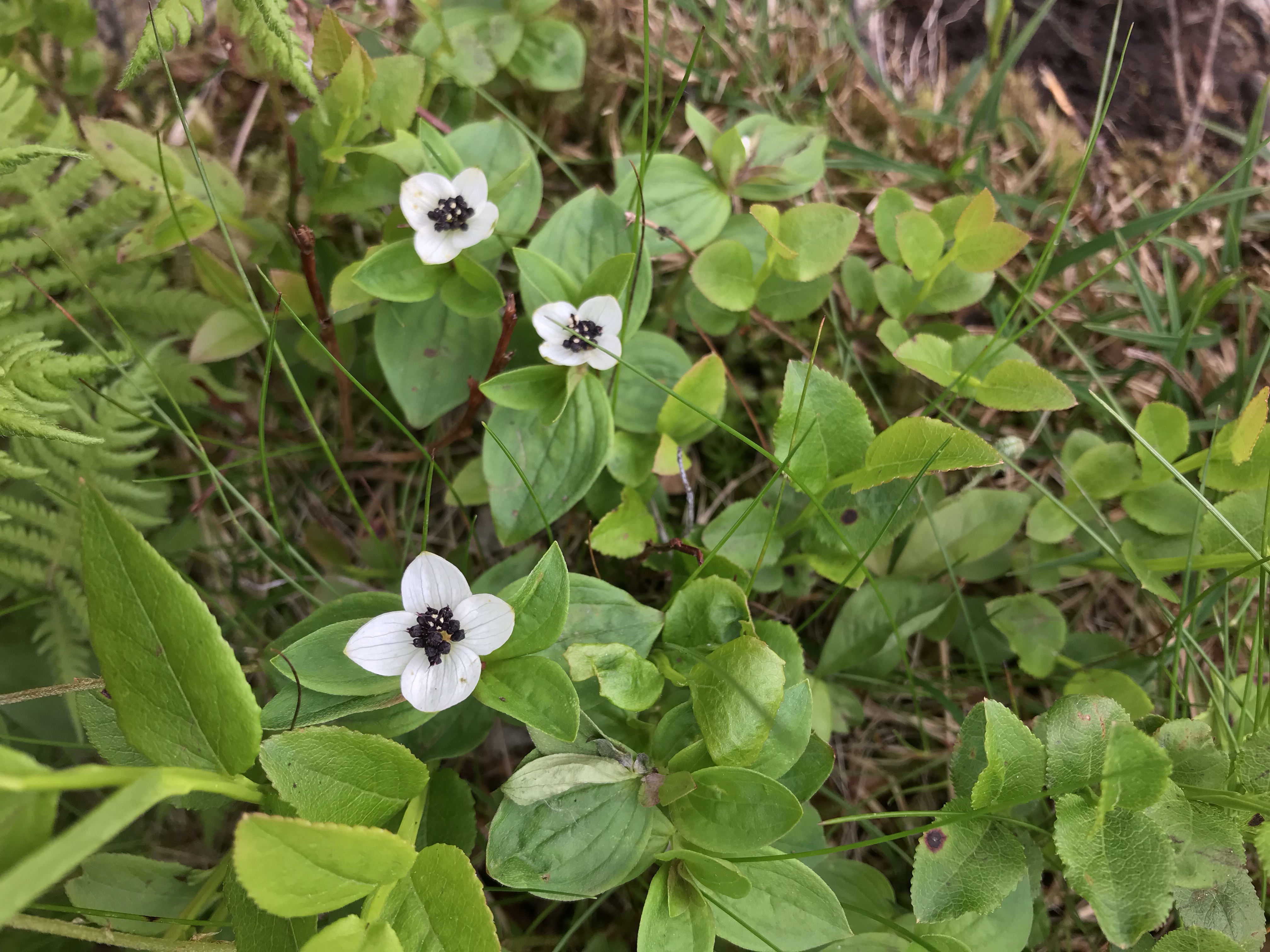
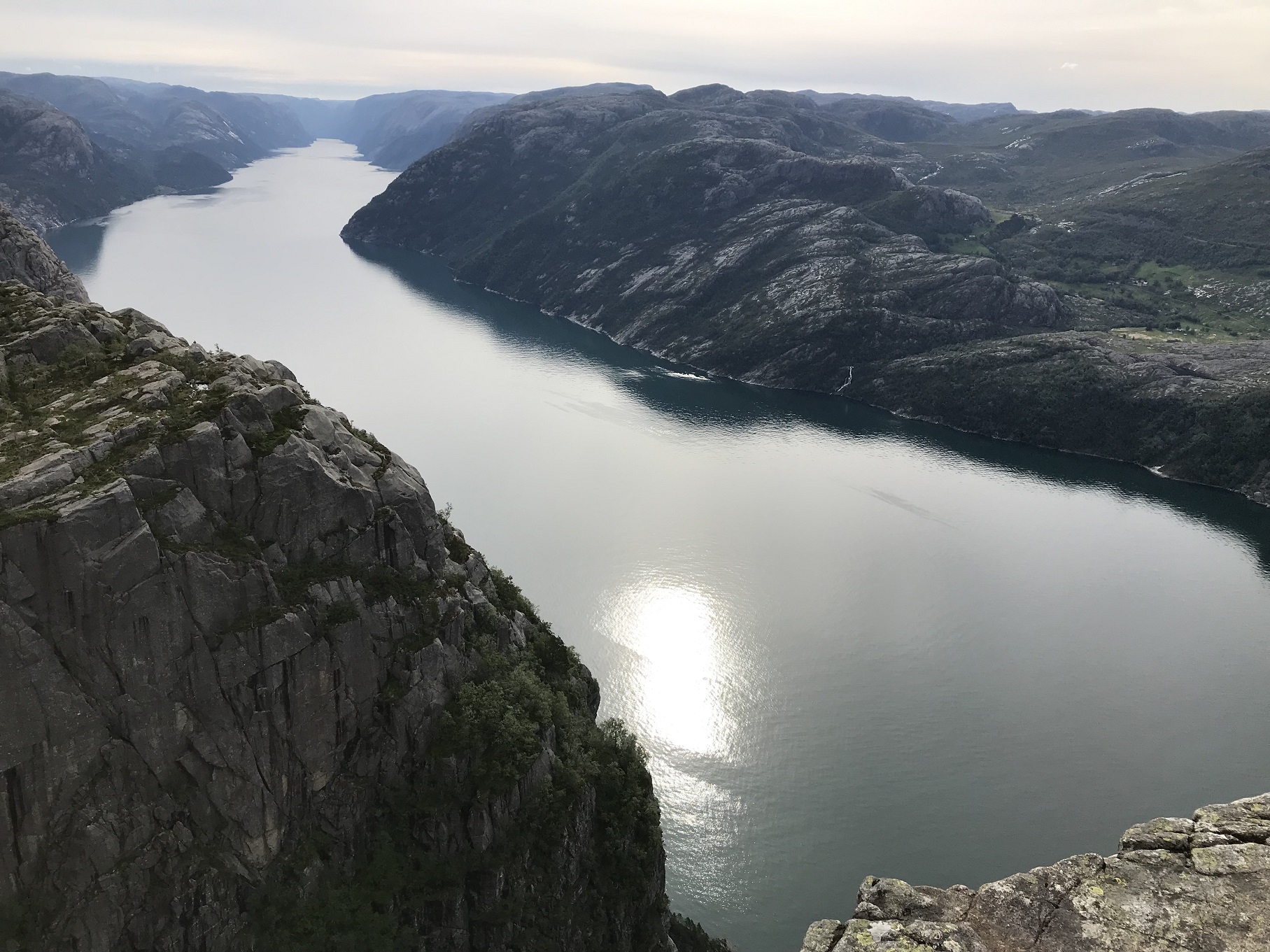
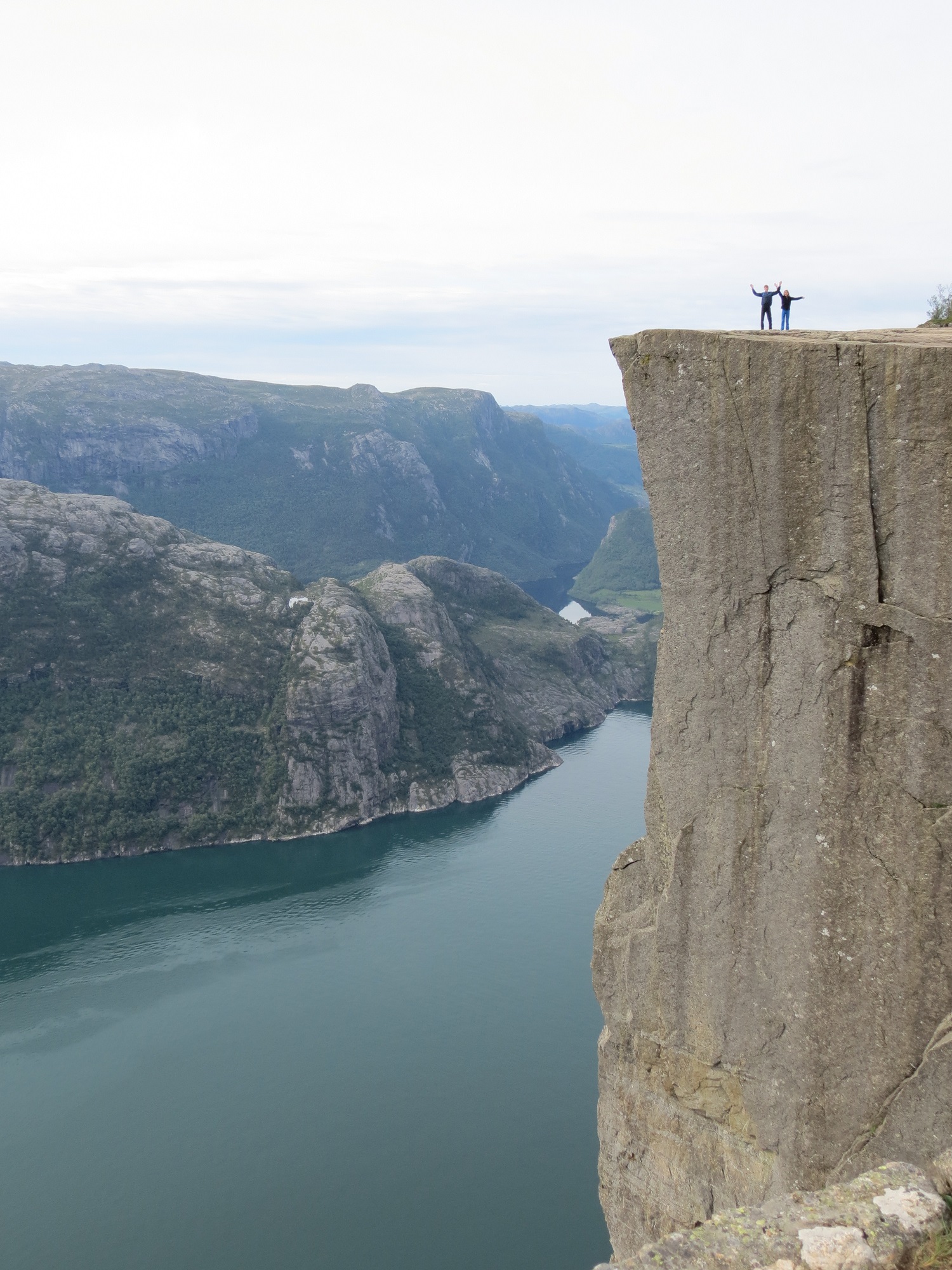
A friend’s garden
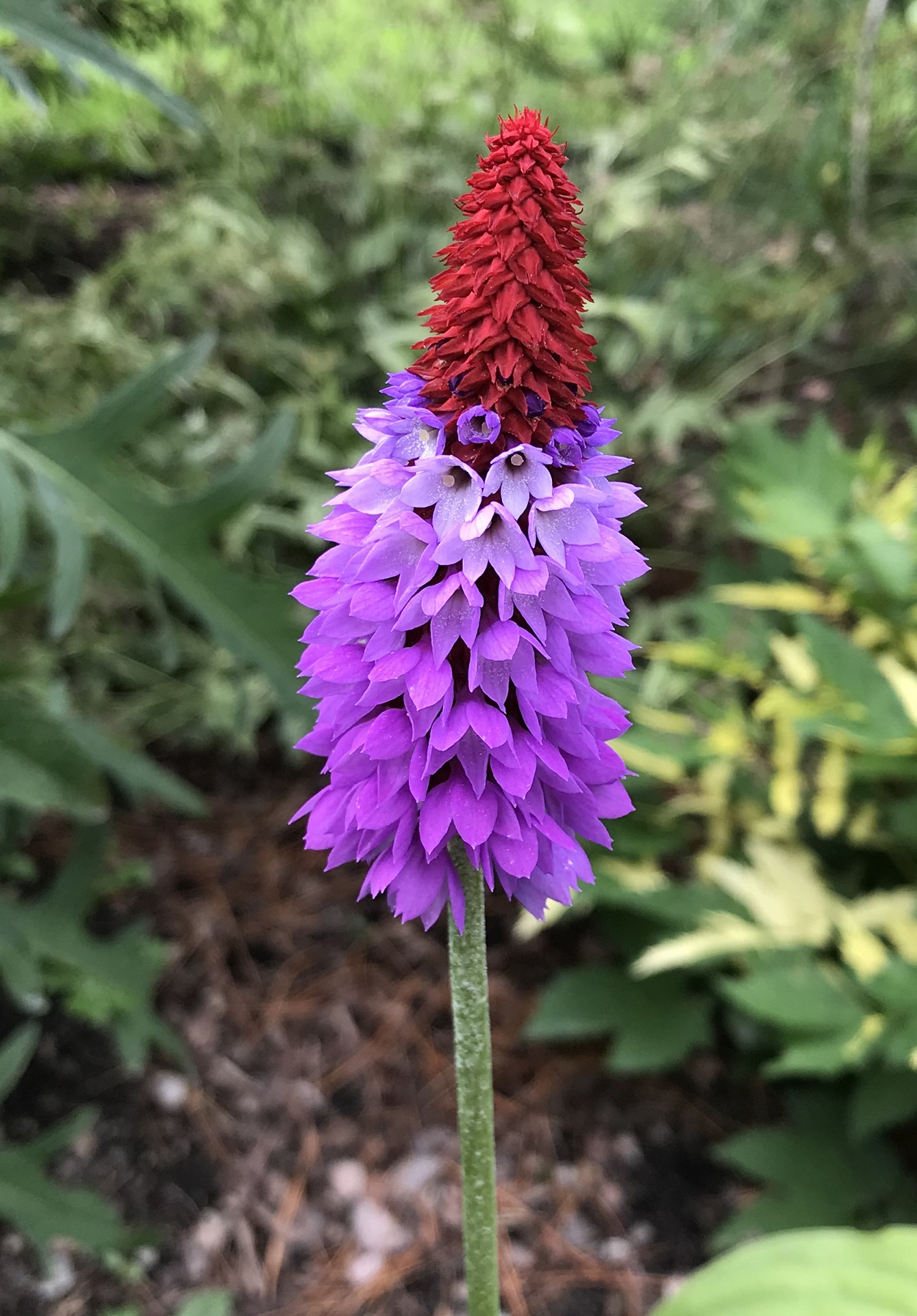
One of the high points of the trip was meeting up with my childhood friend Morten and seeing his garden in Sandnes. As teenagers, Morten and I both kept aquarium fish. My aquarium was usually stuffed with every oddball fish that I could lay my hands on, the stranger-looking the better, while Morten’s aquariums were beautifully aquascaped, with plants and fish always in perfect harmony. Our gardens follow along the same lines. In Morten’s lovely garden, I was very interested to see plants that I could never grow successfully through a hot North Carolina summer. Paradoxically, North Carolina is also too cold for several South American species that can be grown in the mild climate of coastal Norway, where temperatures are buffered by the surrounding sea and gently warmed by the Gulf Stream.
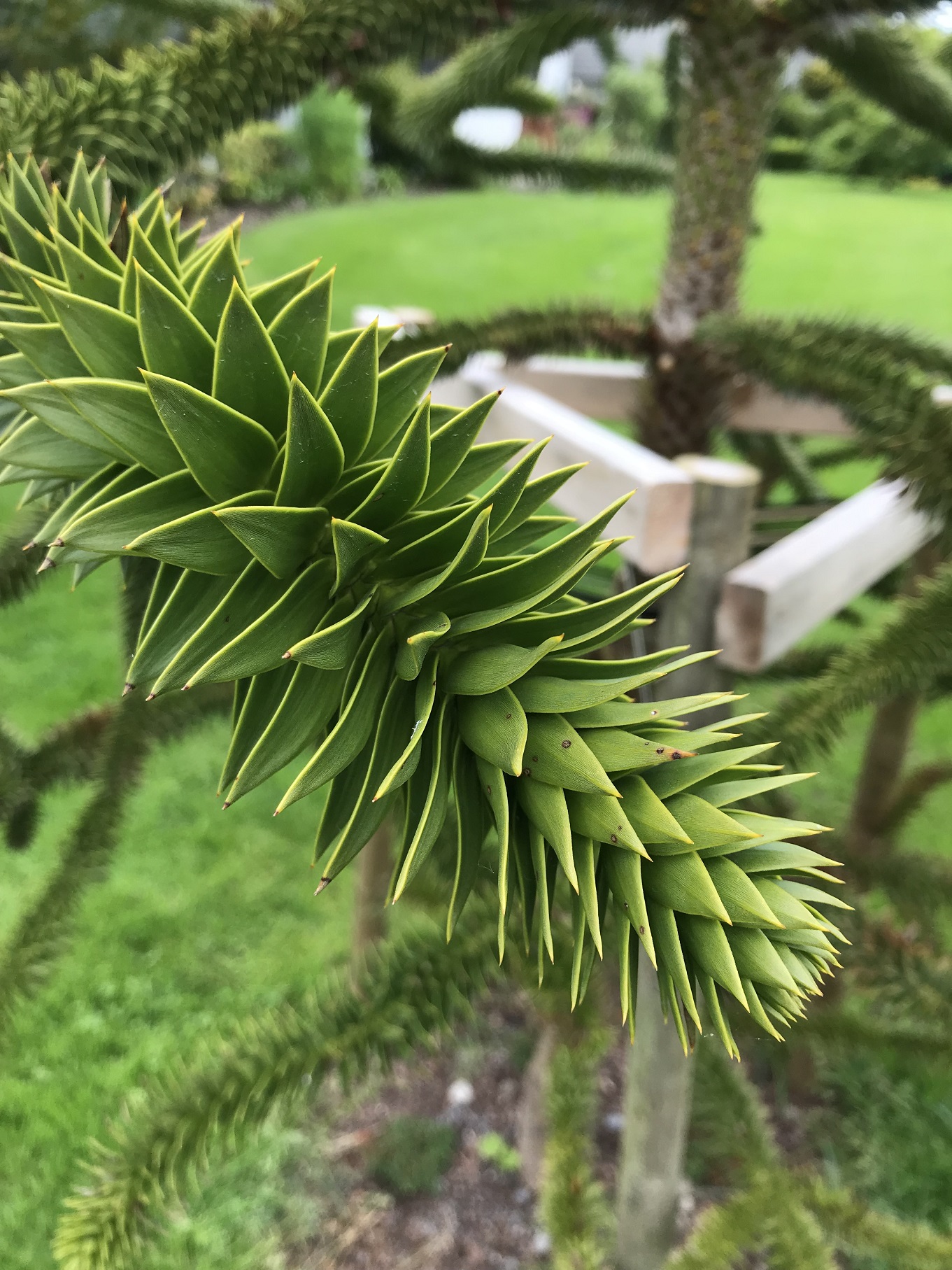
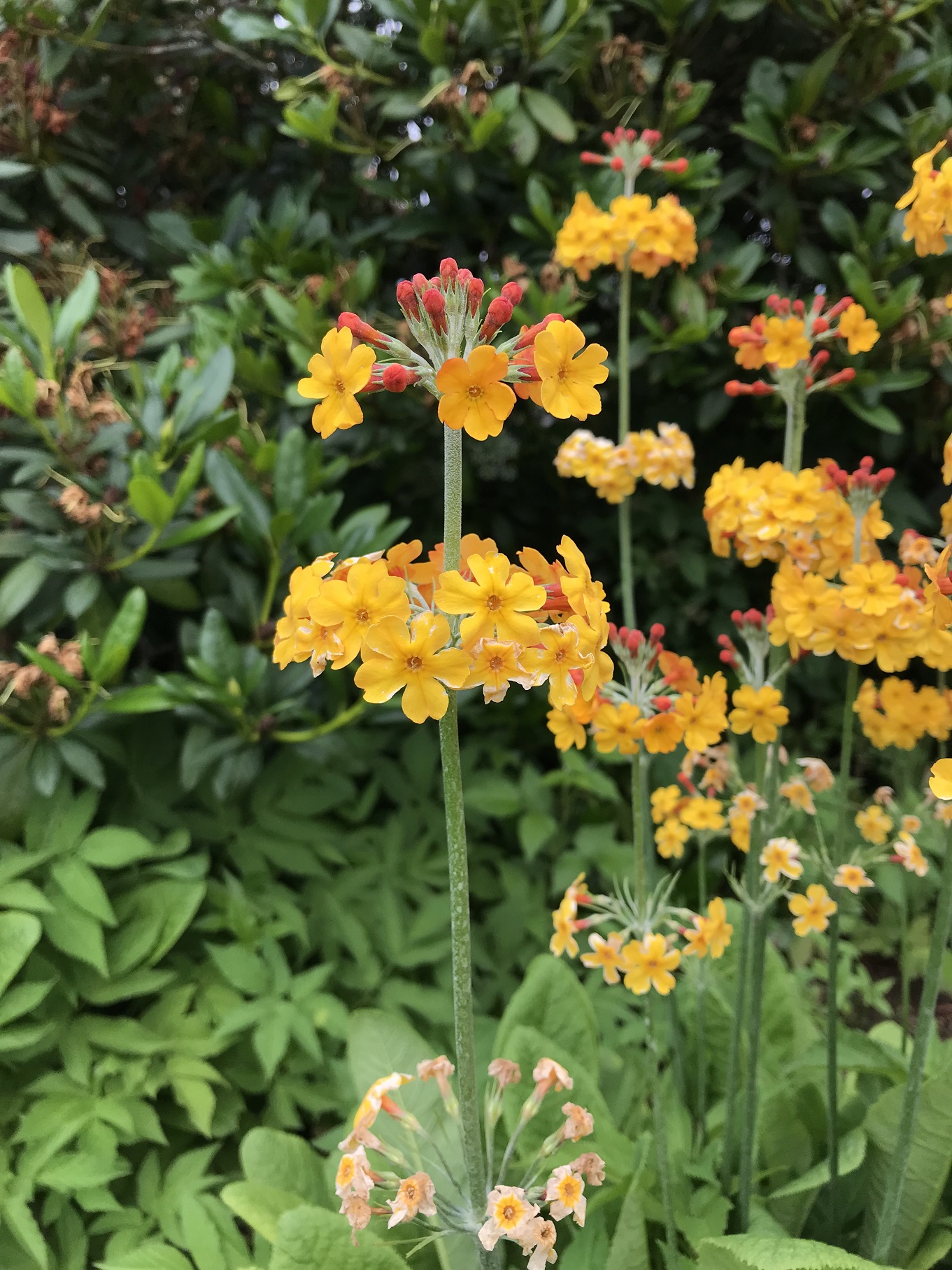
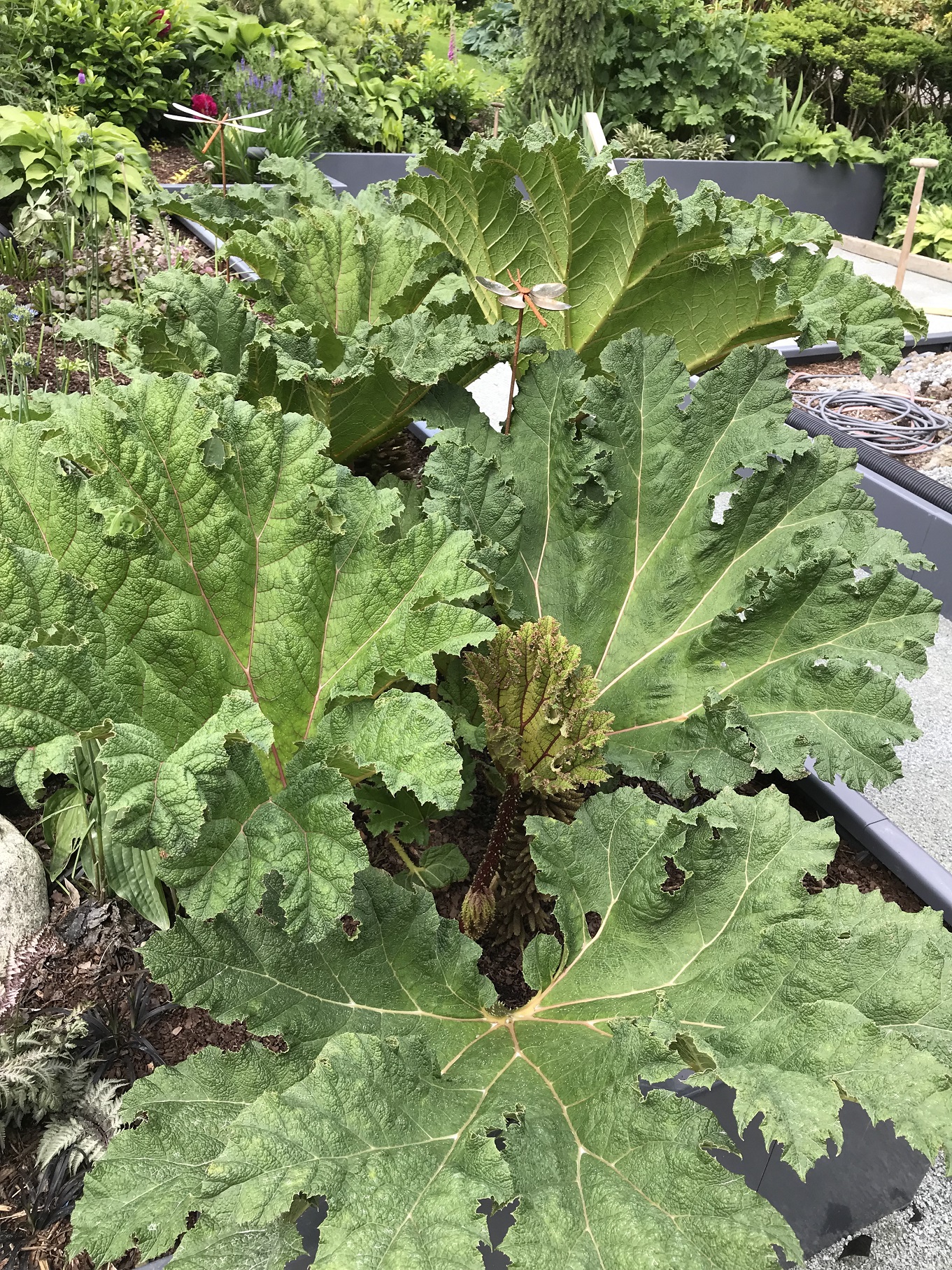
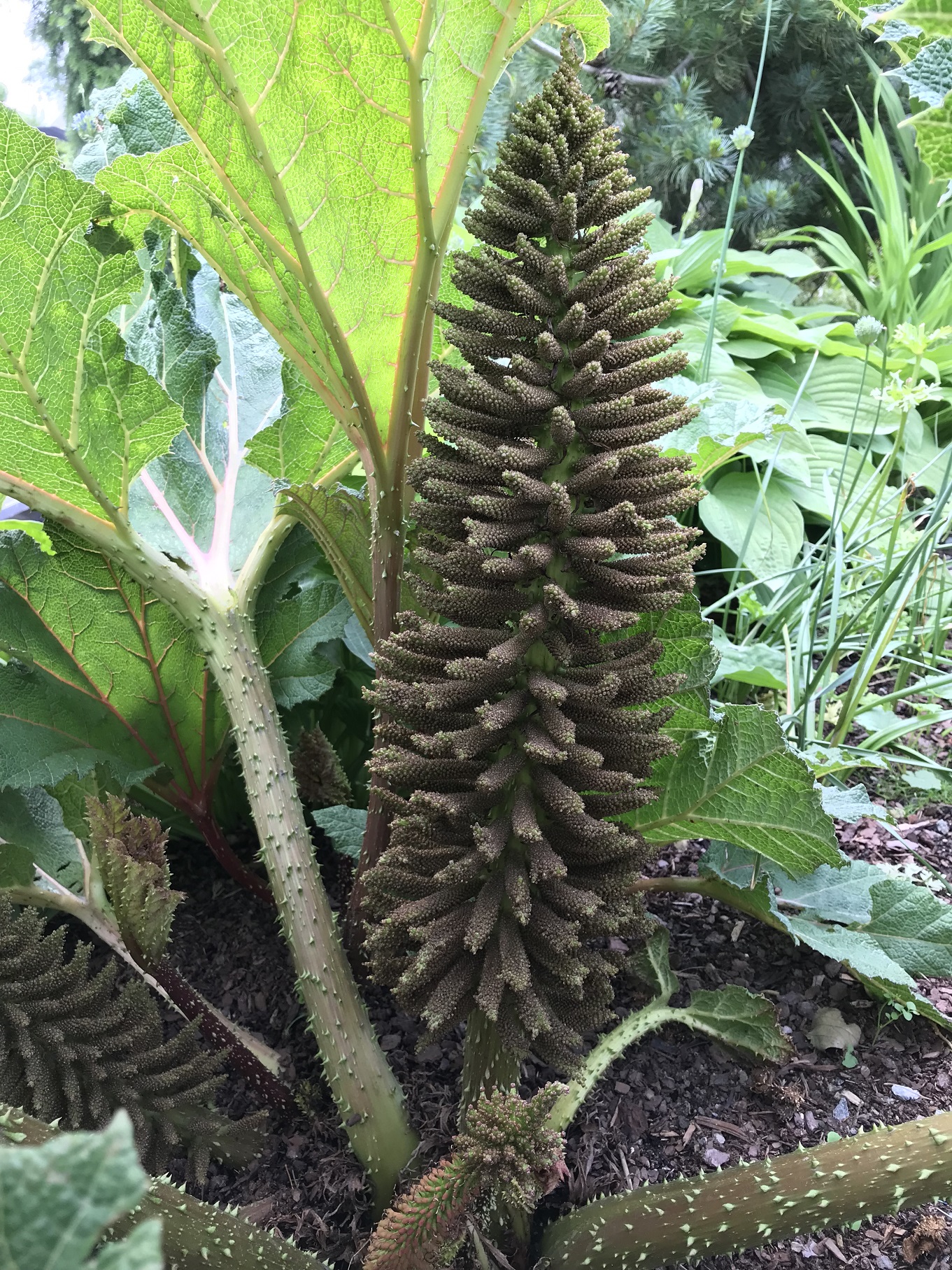
Heading home
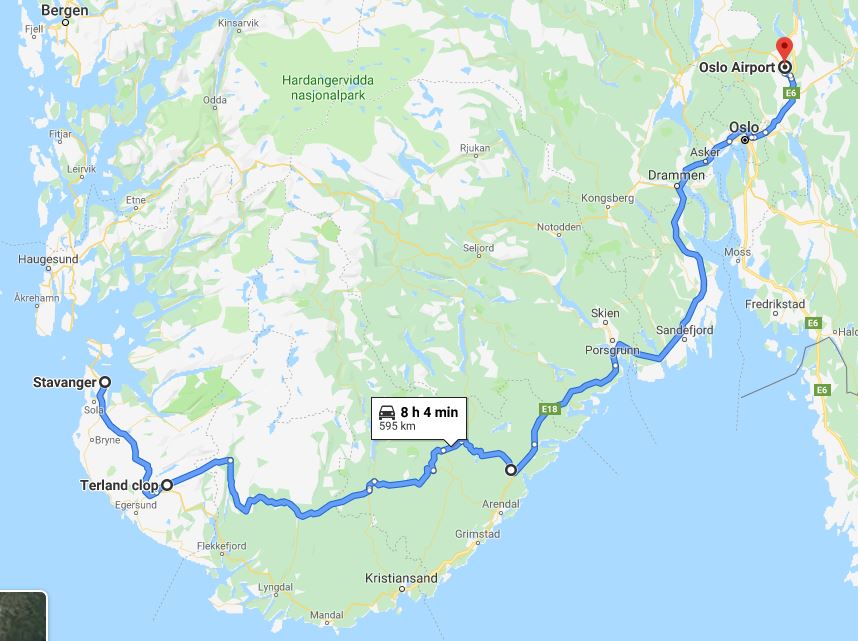
Sooner than we would have liked, it was time to head for home. We had planned to stick to the coast, passing through Kristiansand on our way back to Oslo, but heavy traffic induced us to try a less crowded inland route starting near Egersund. I am glad we did, because we stumbled across Terland Klopp, an early-19th century stone bridge surrounded by gorgeous foxgloves.
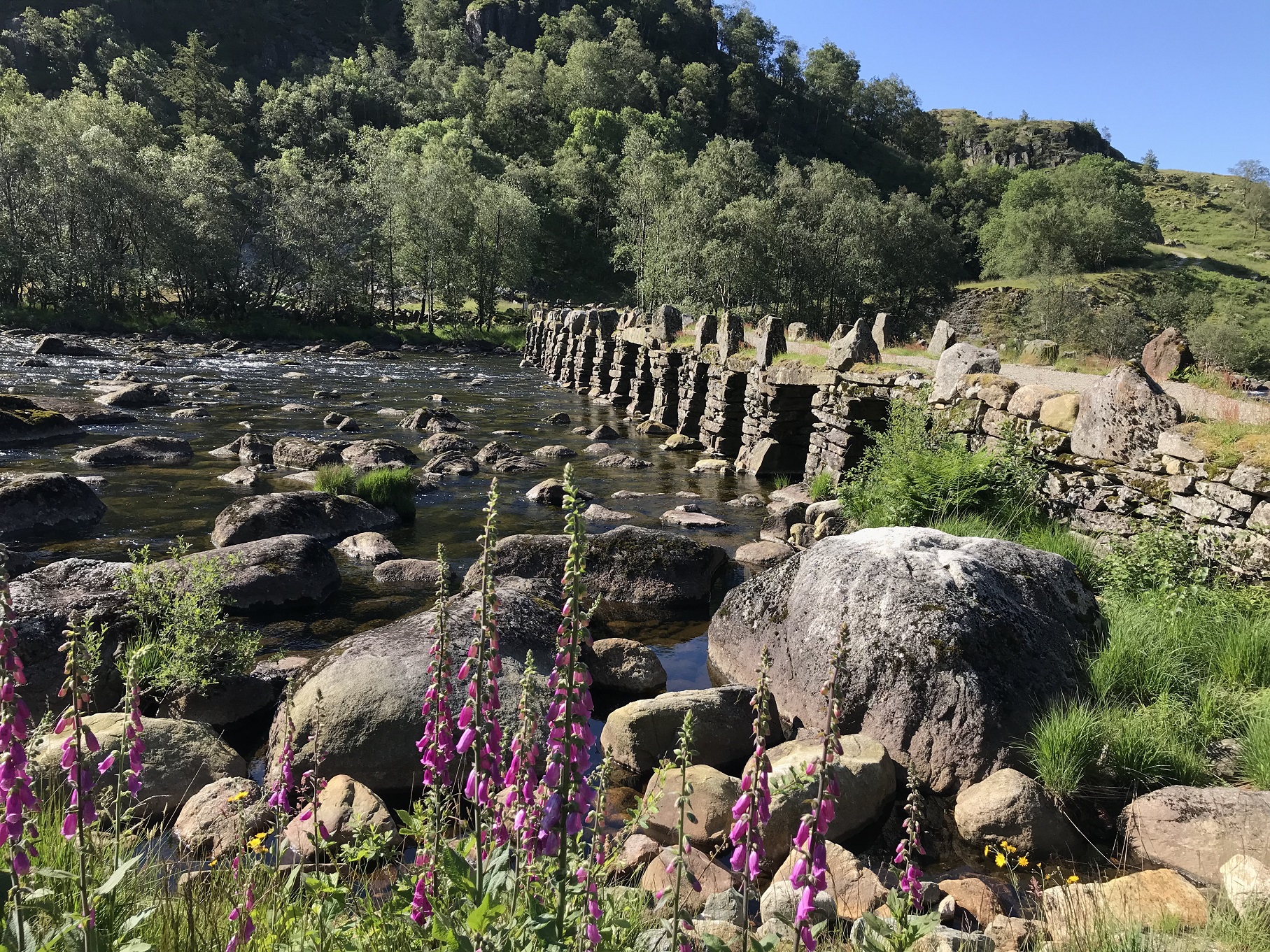
And then vacation was over, and it was just a matter of catching our flight back to the U.S.

Very interesting post about a place I would love to visit. Thanks for sharing.
LikeLiked by 1 person